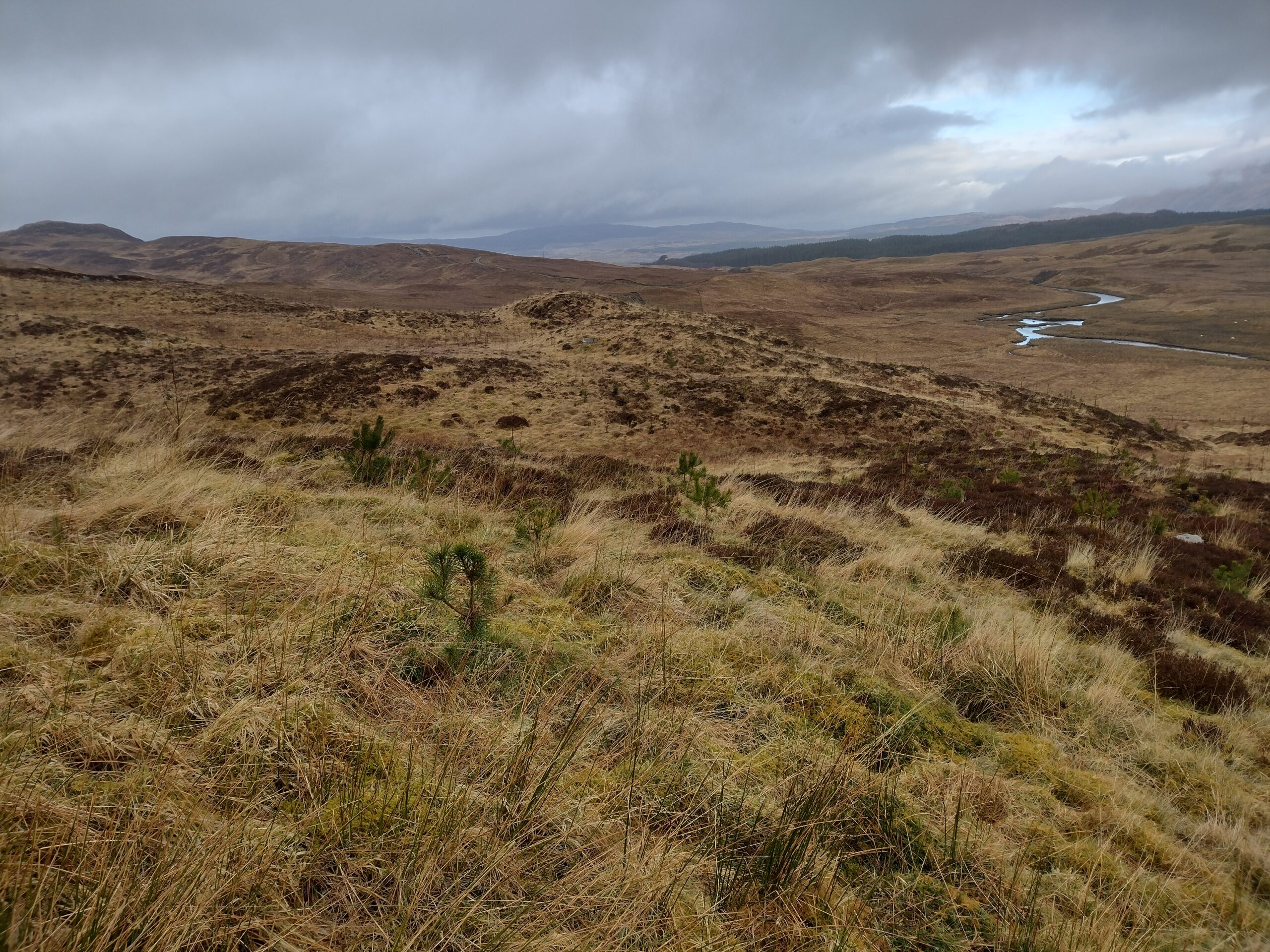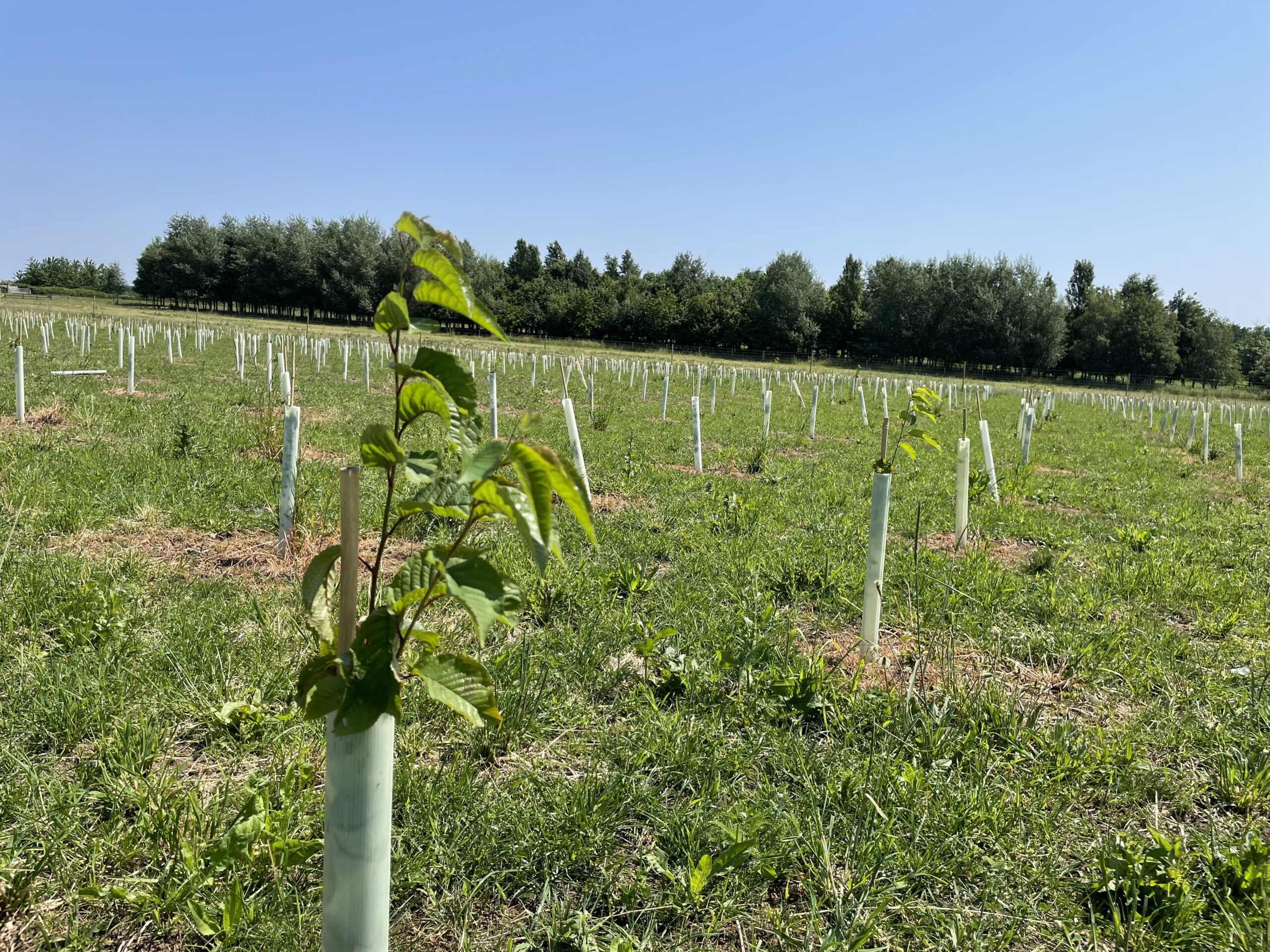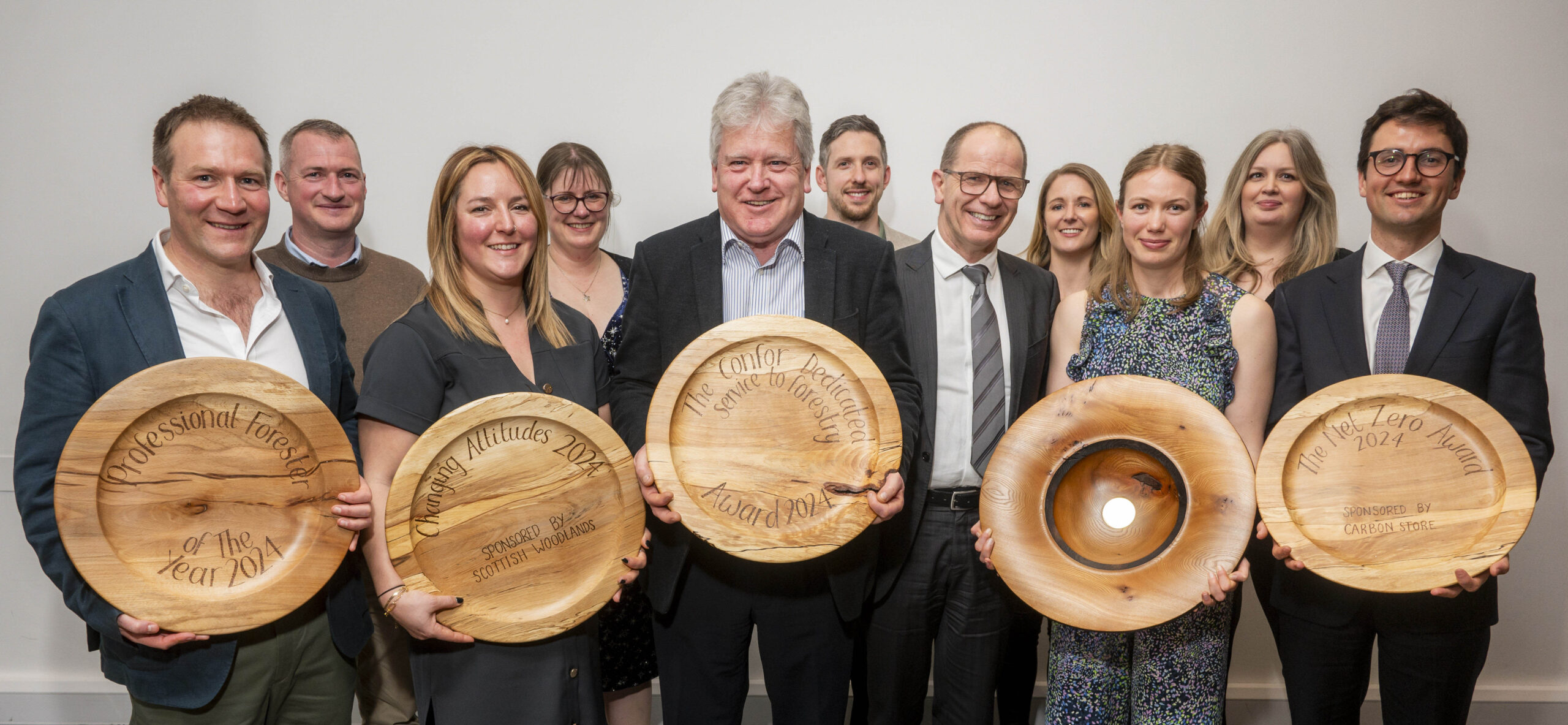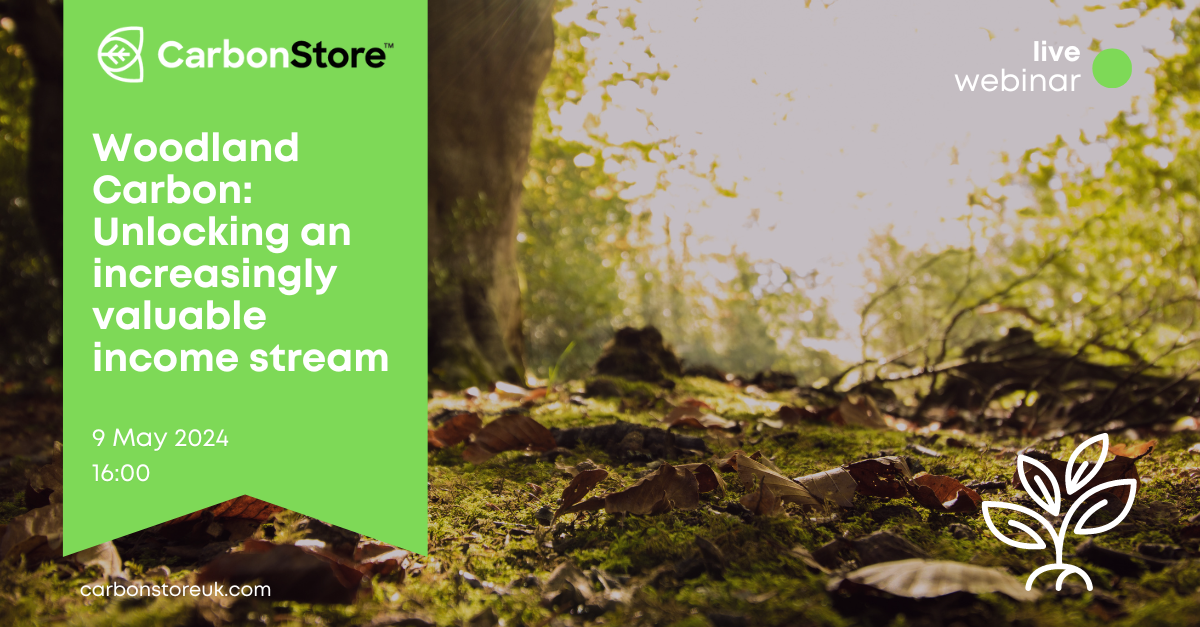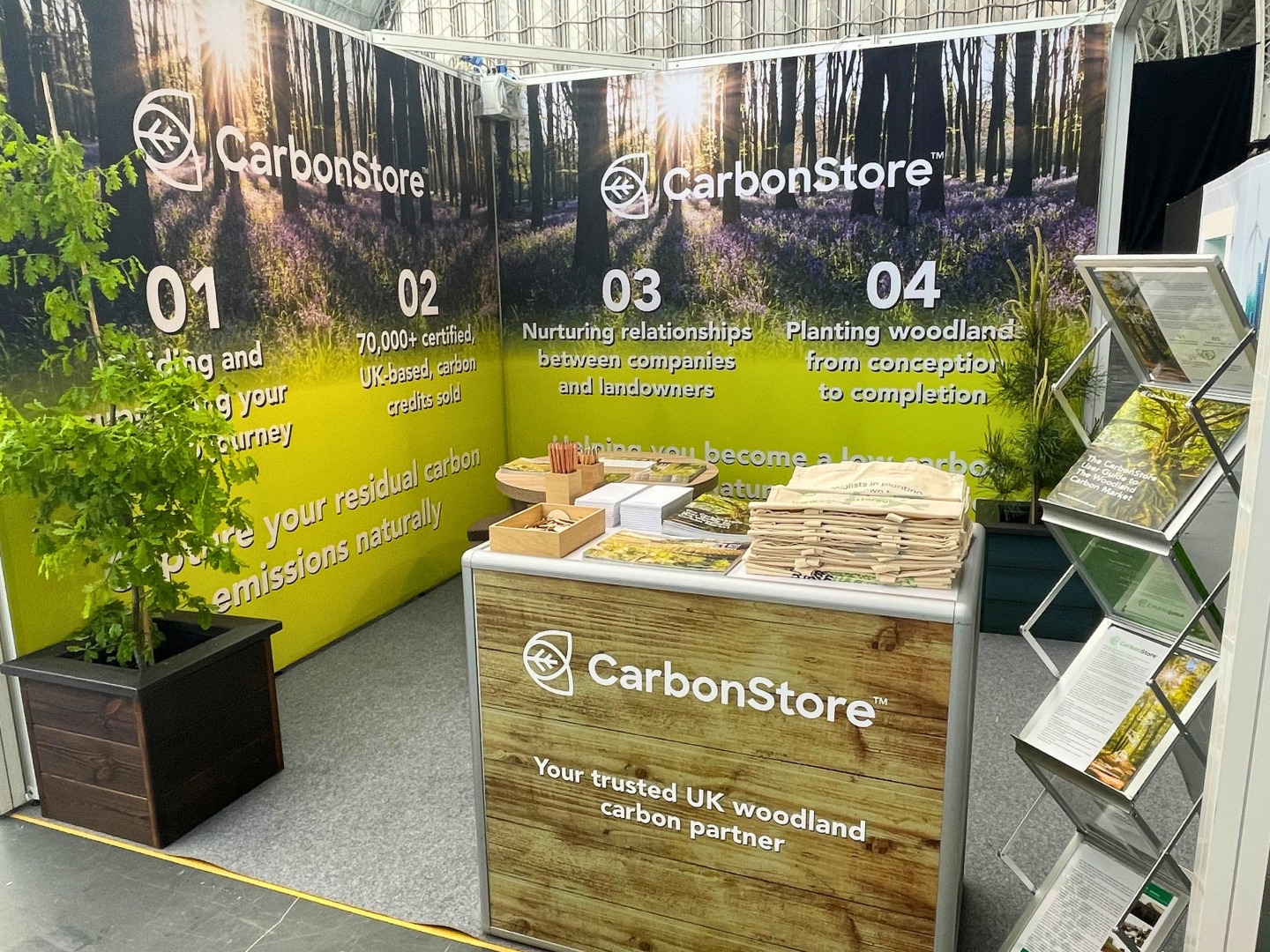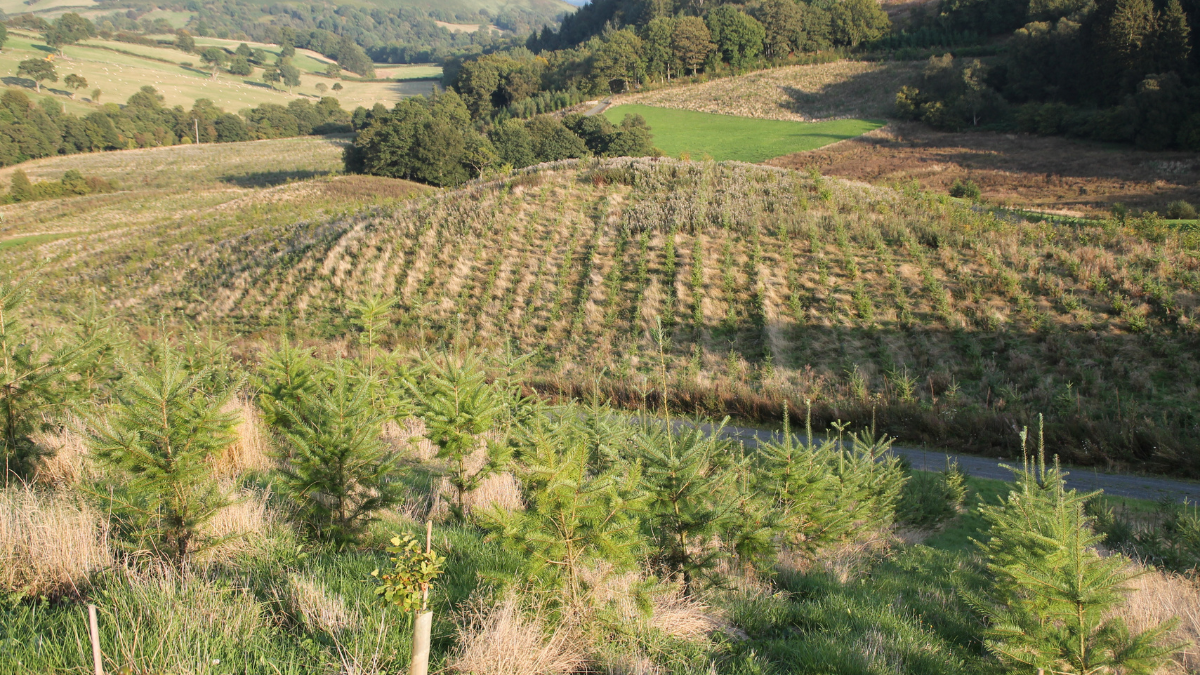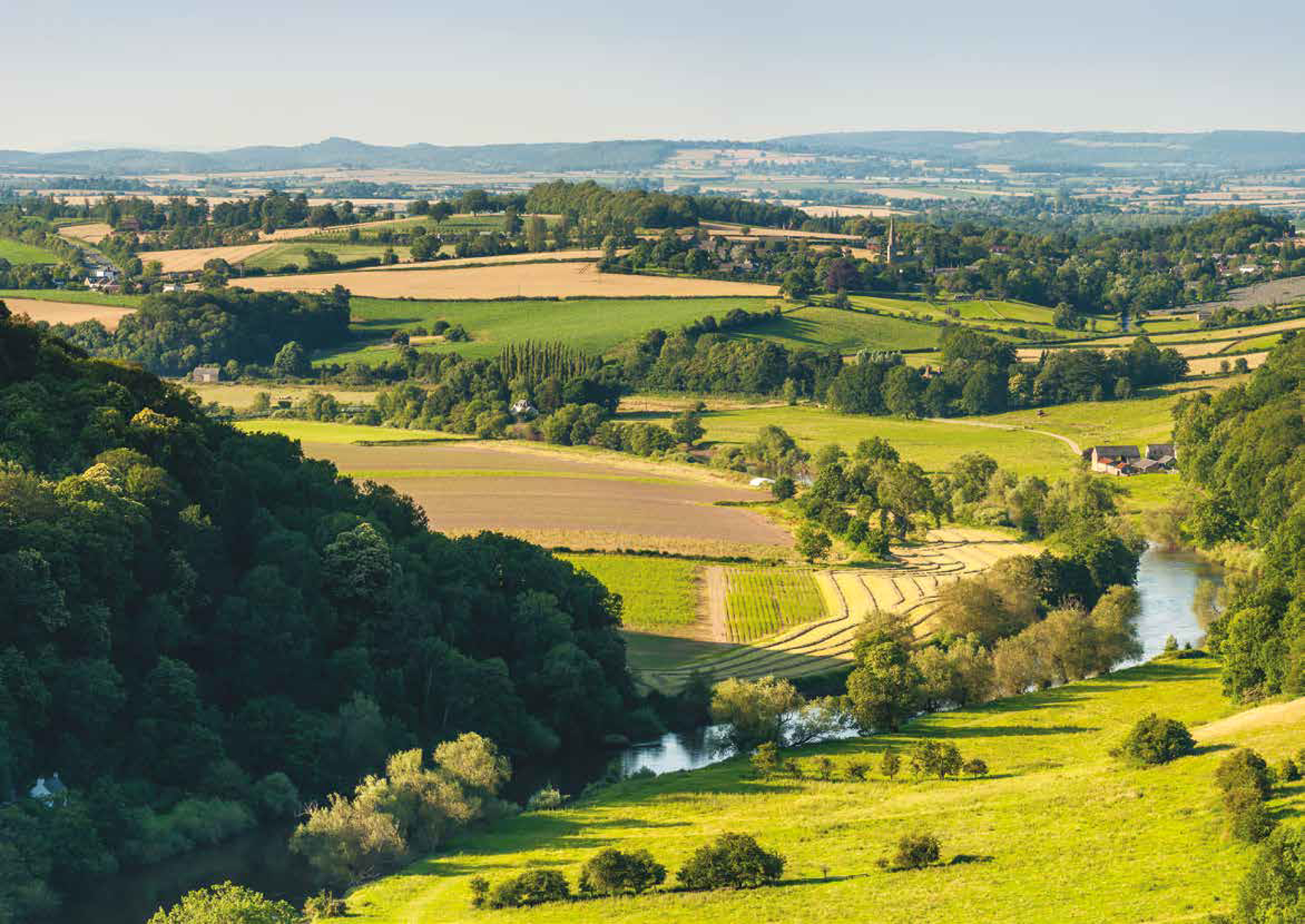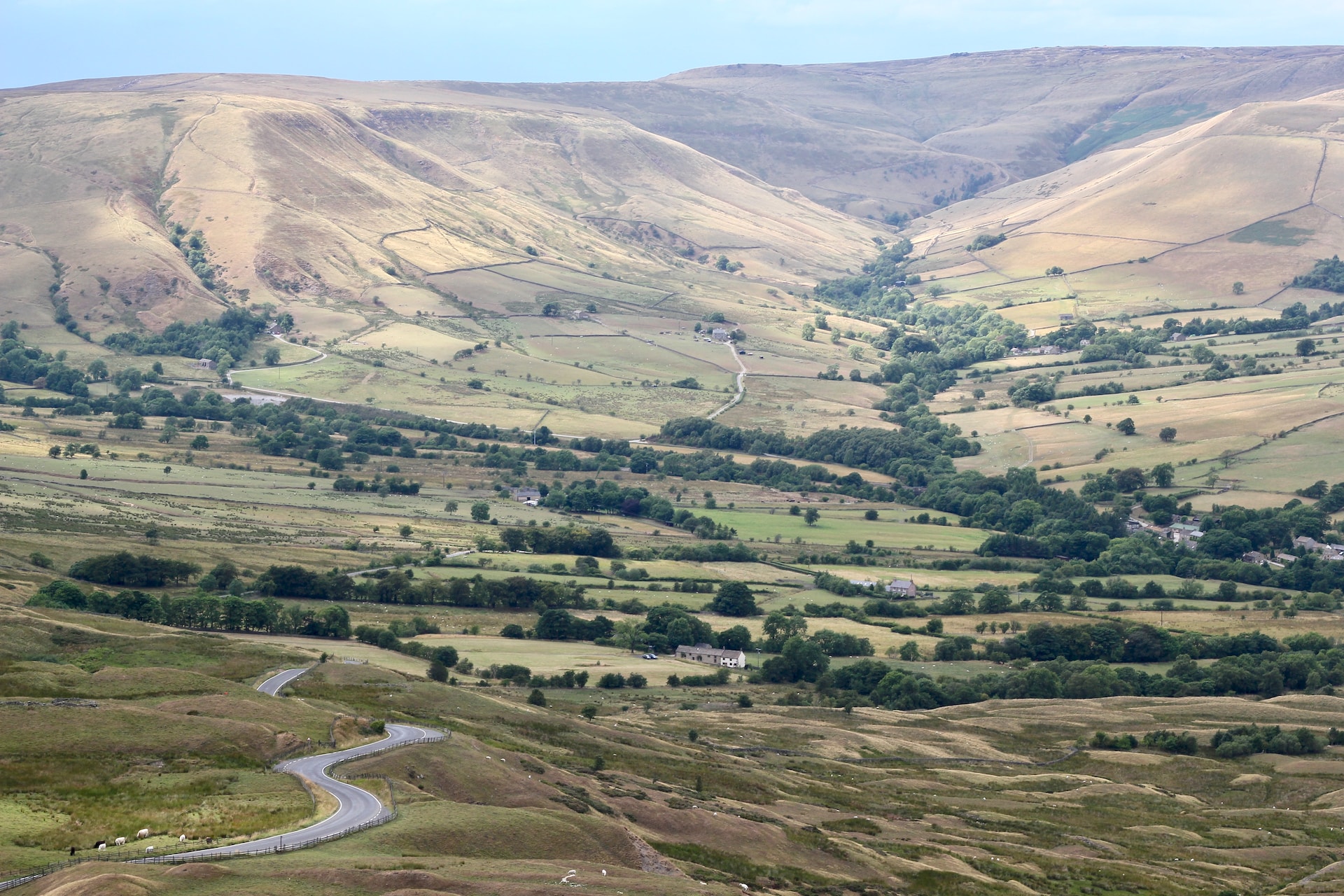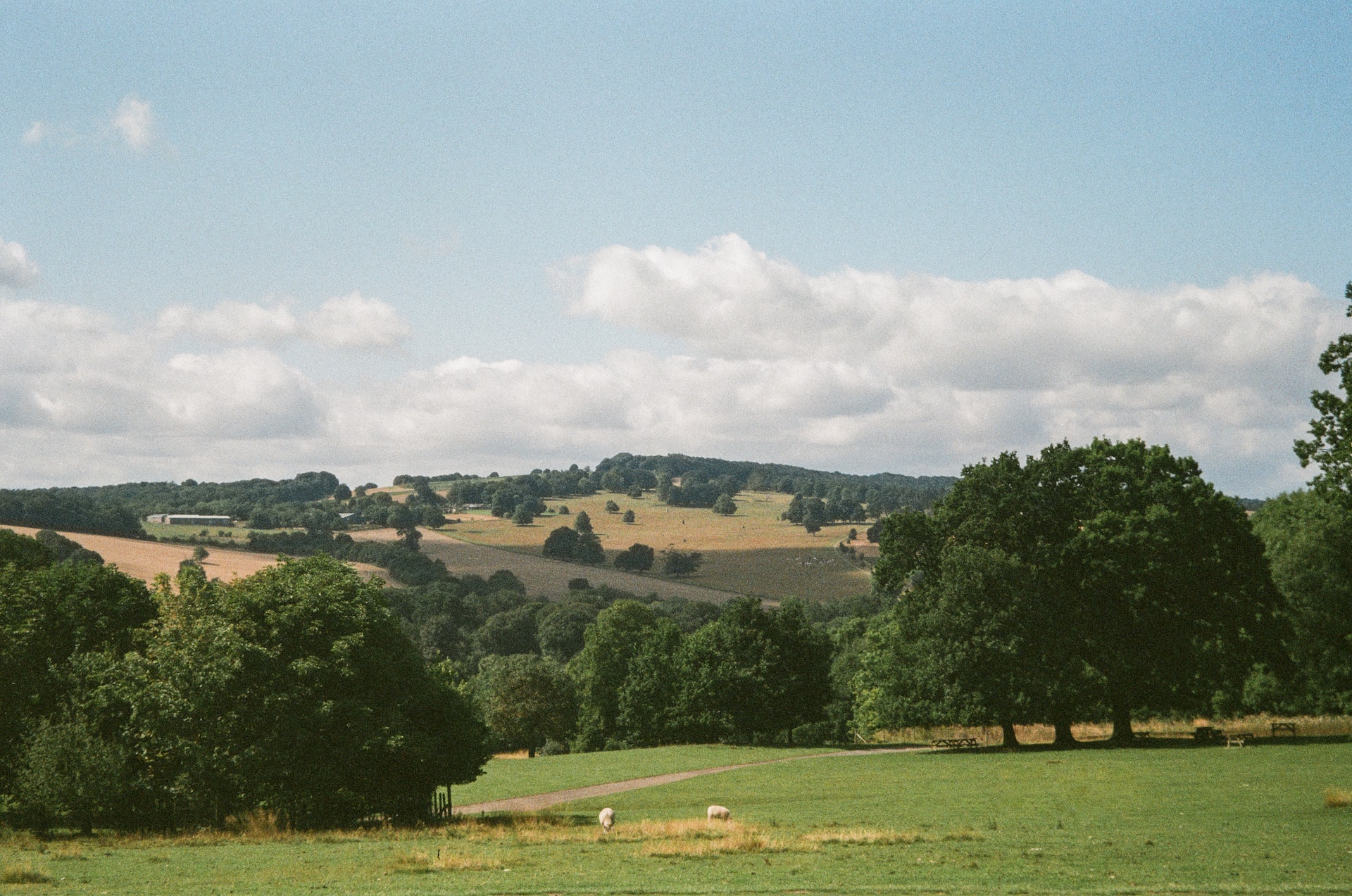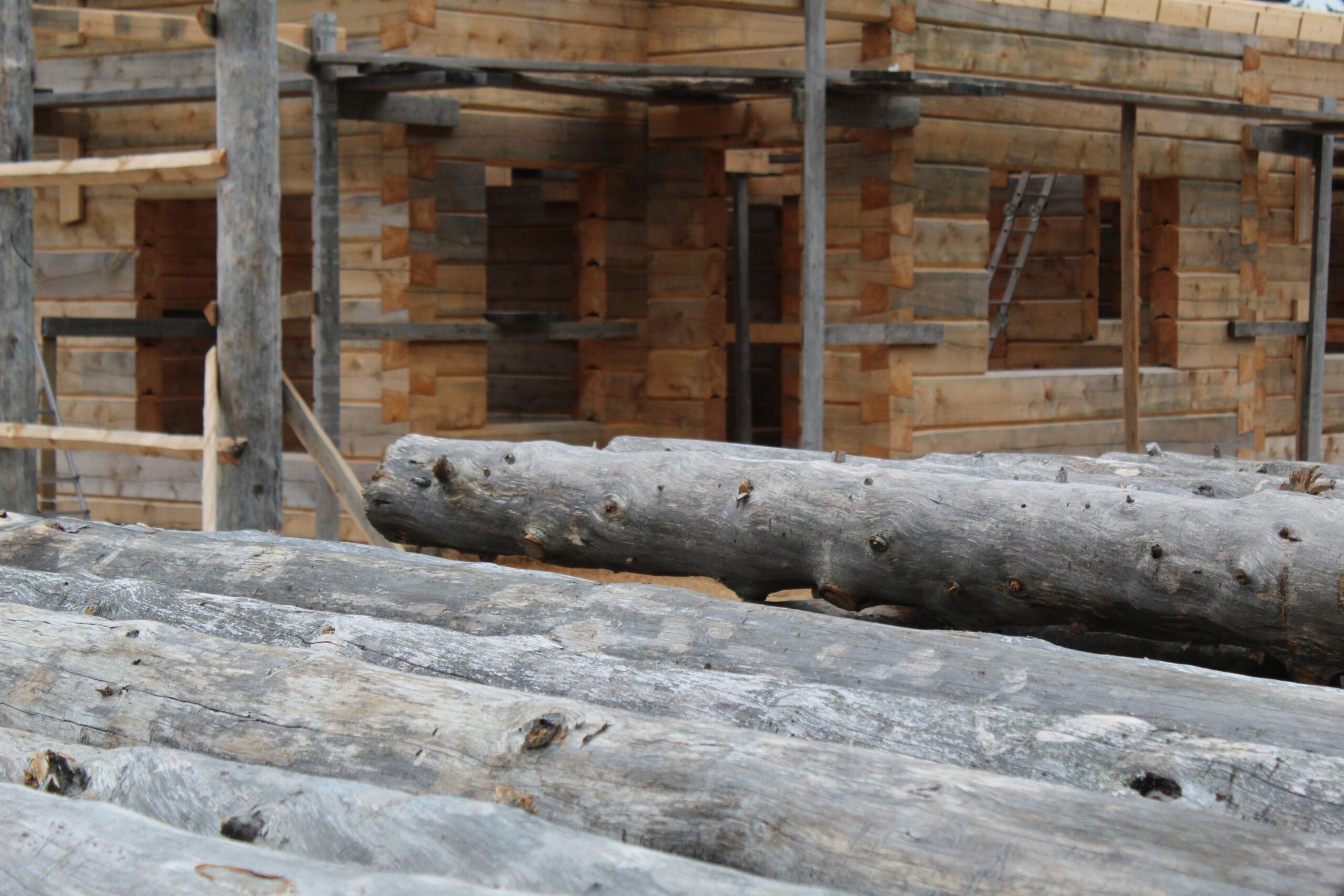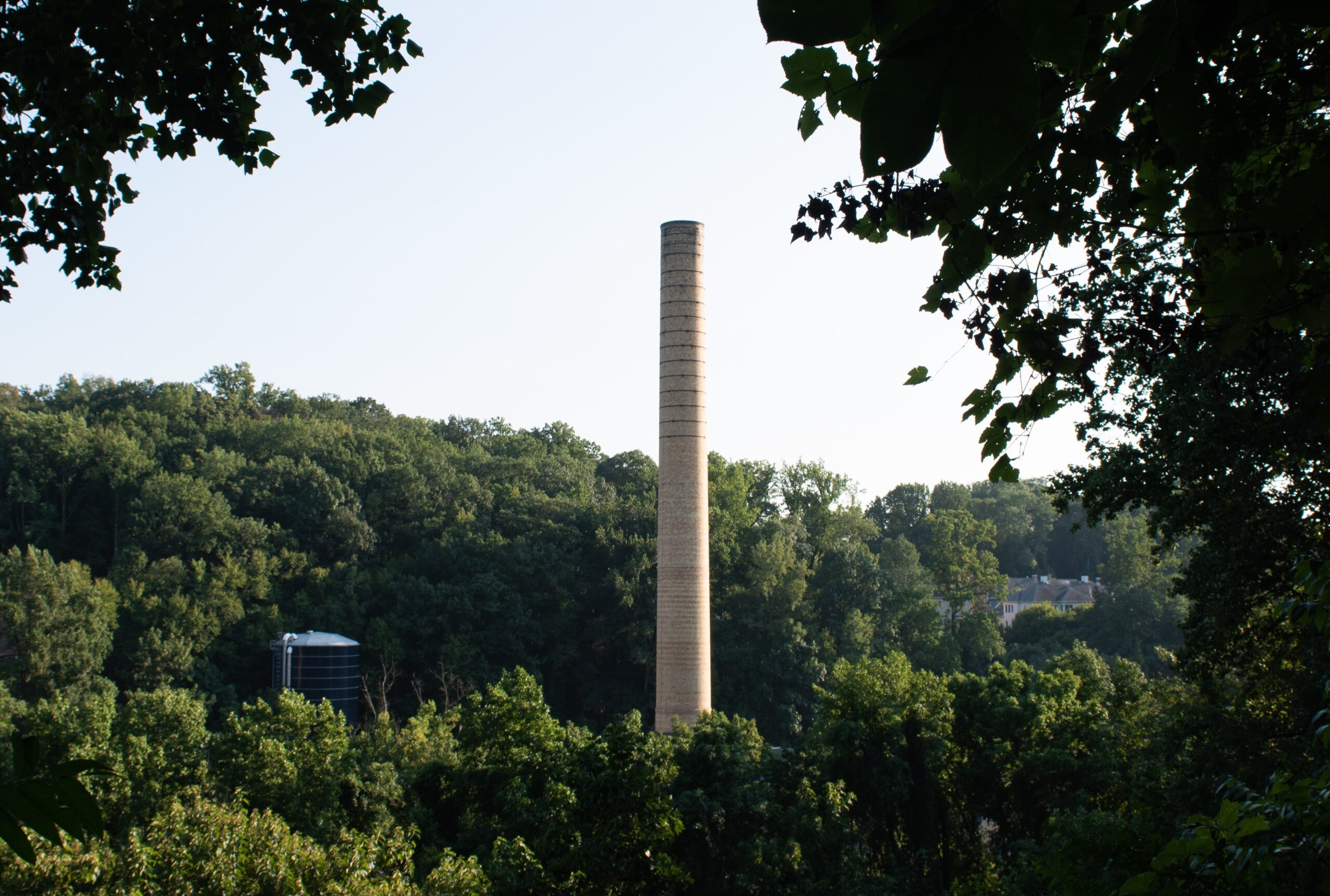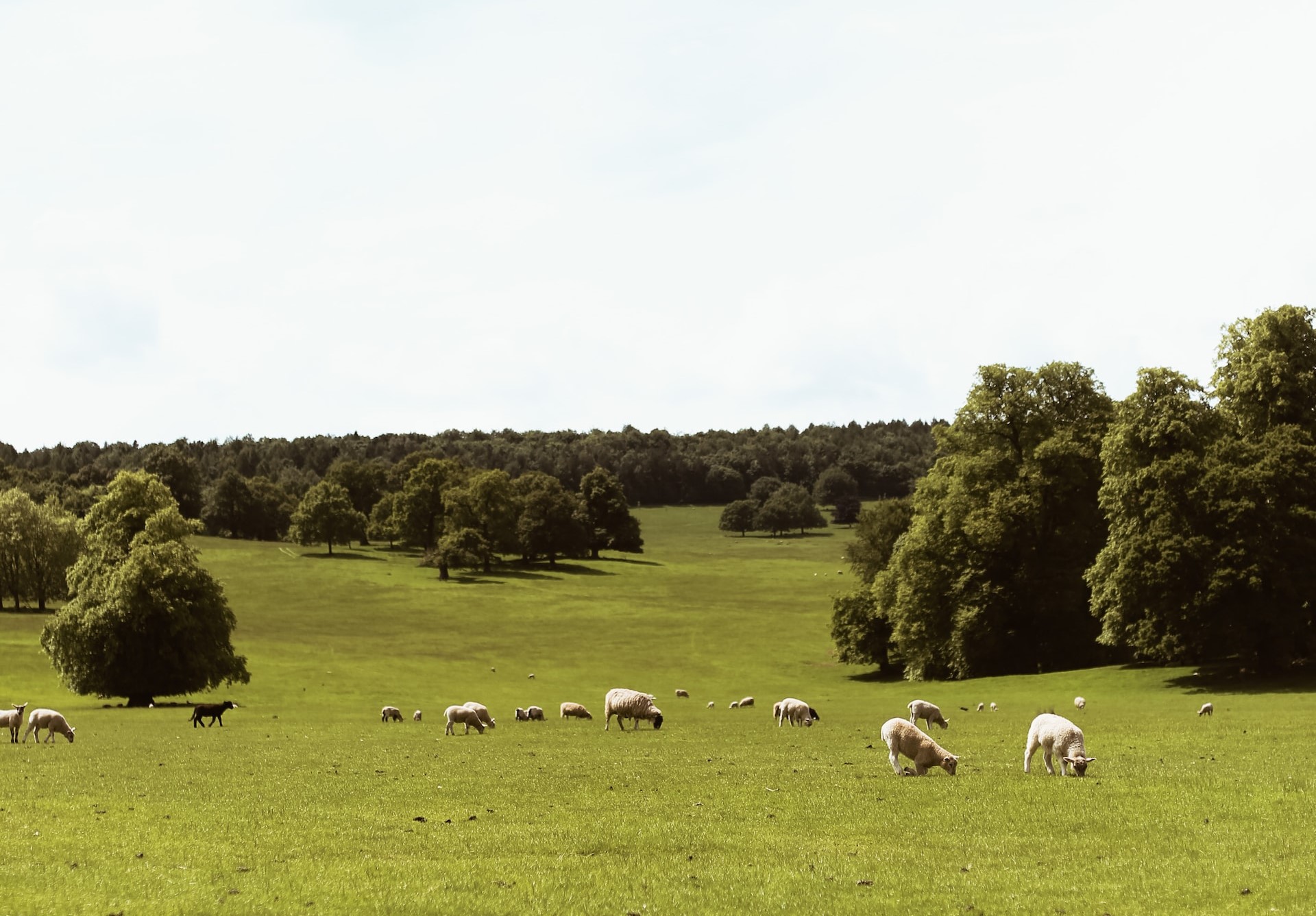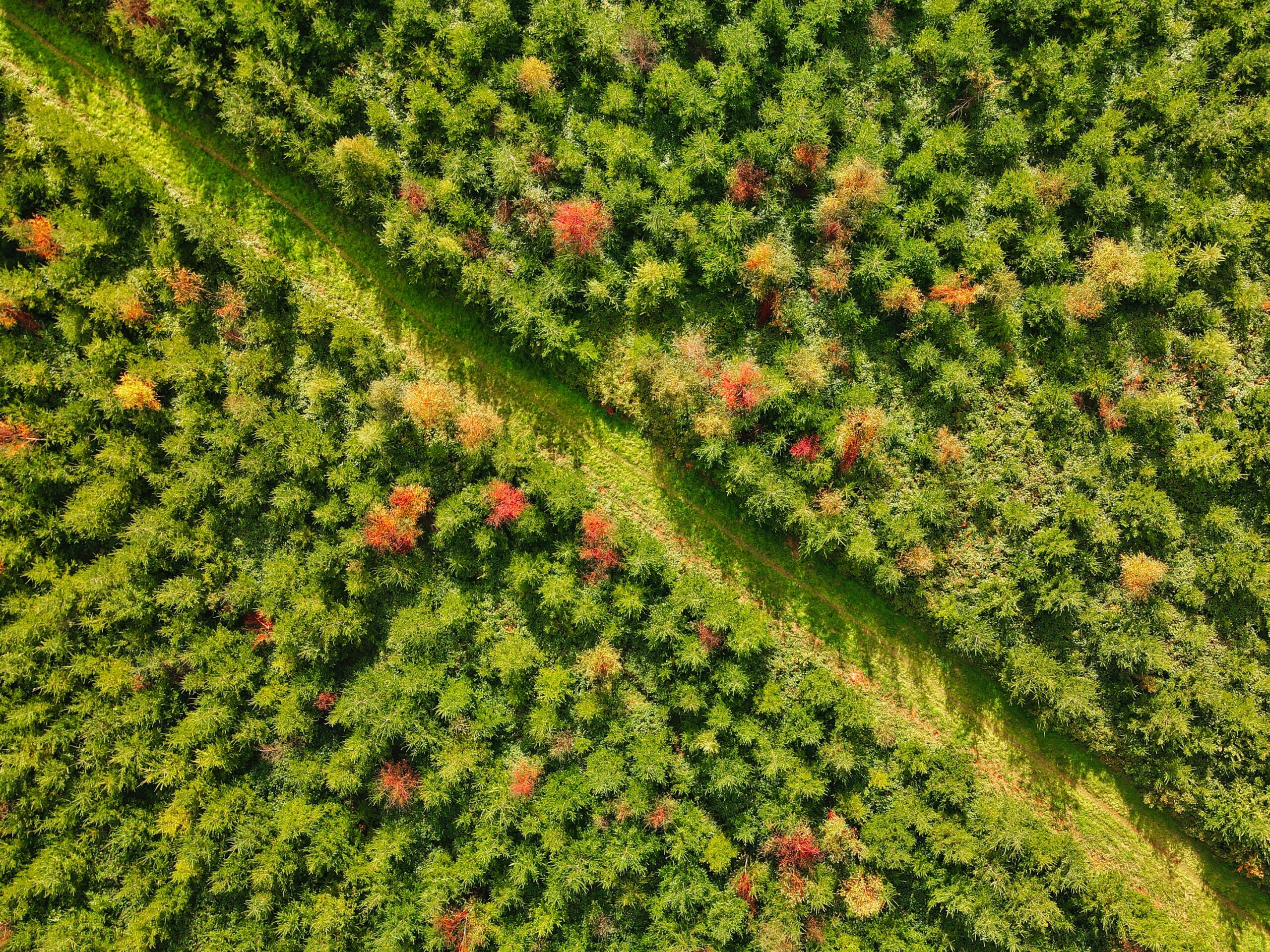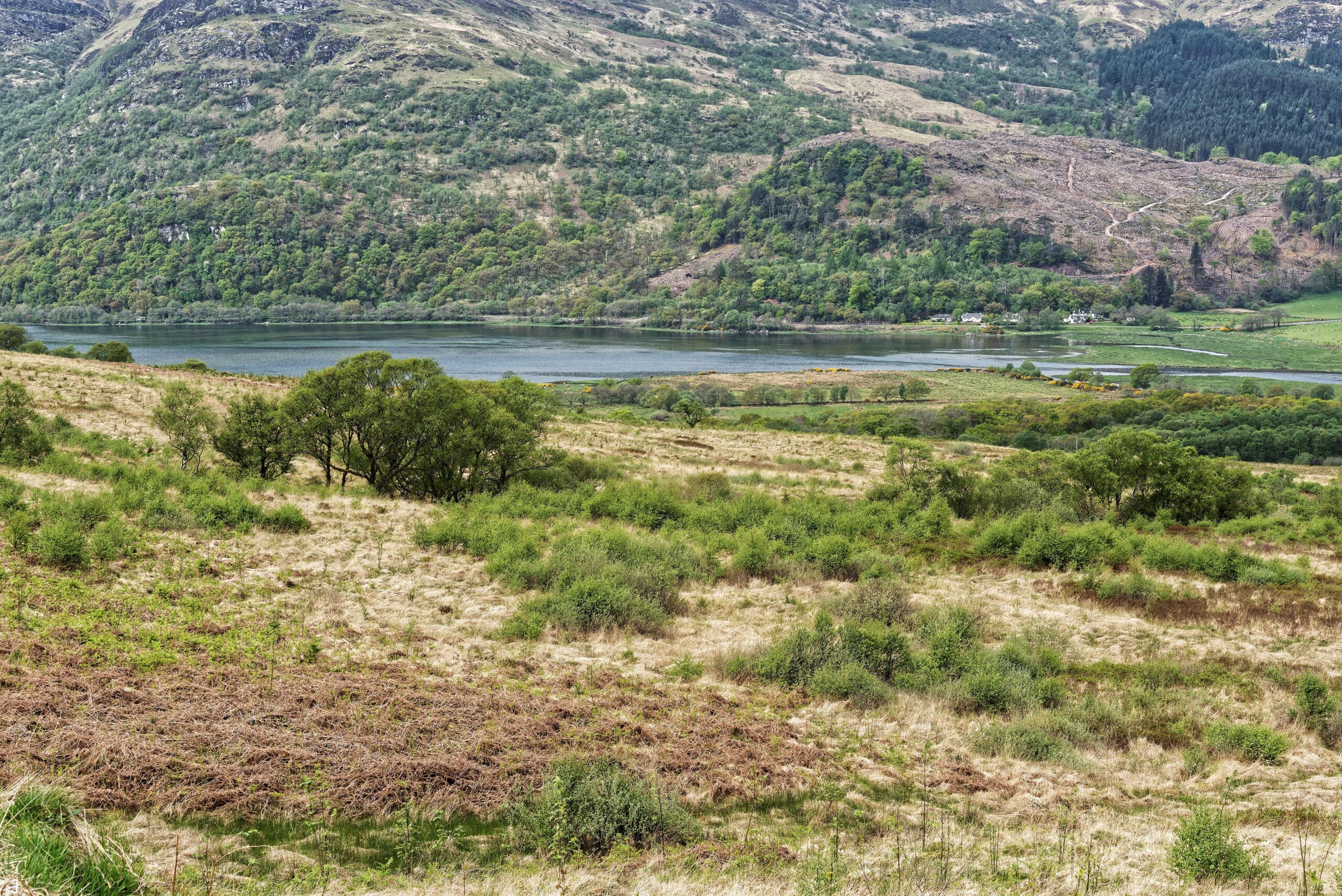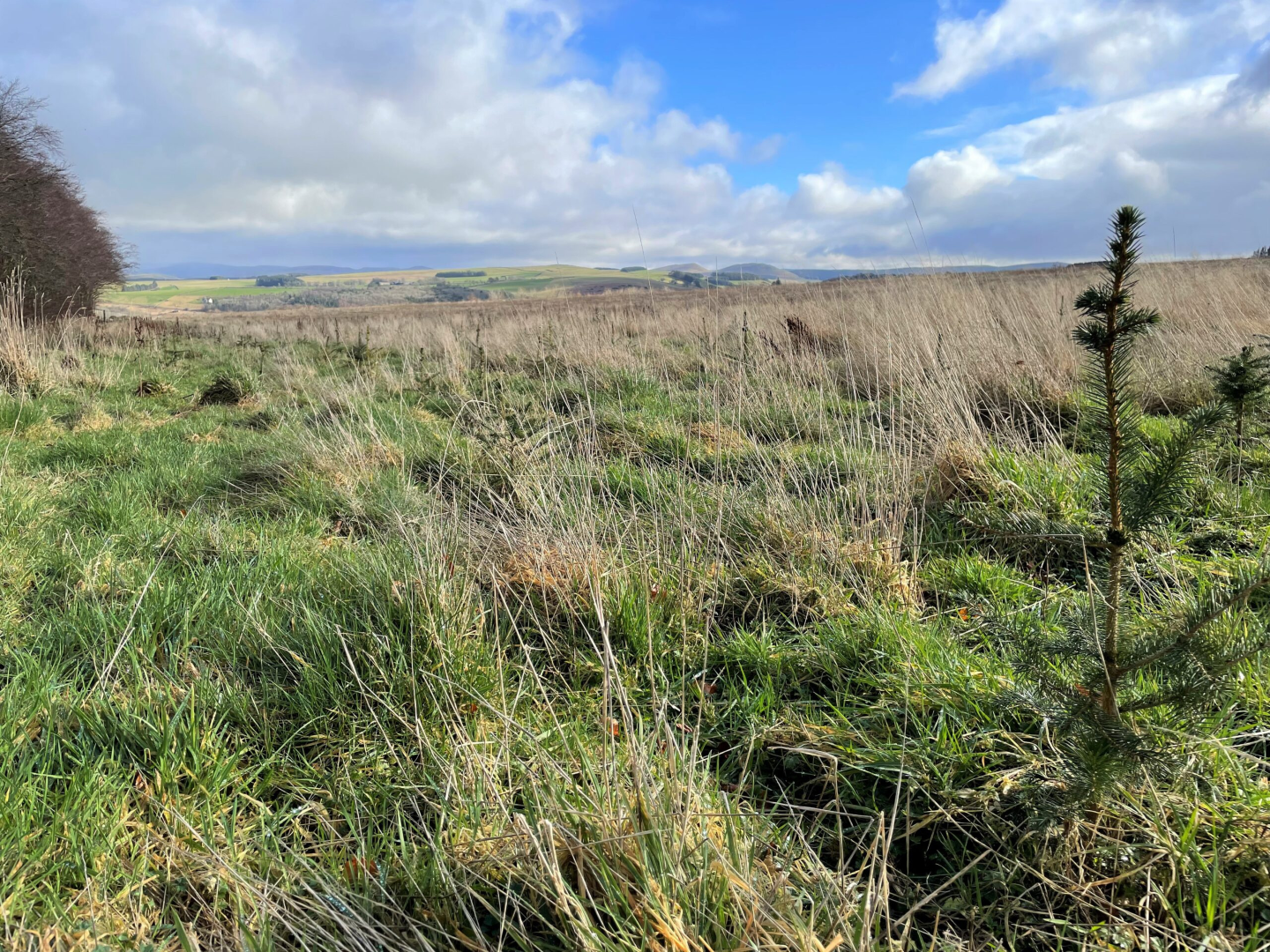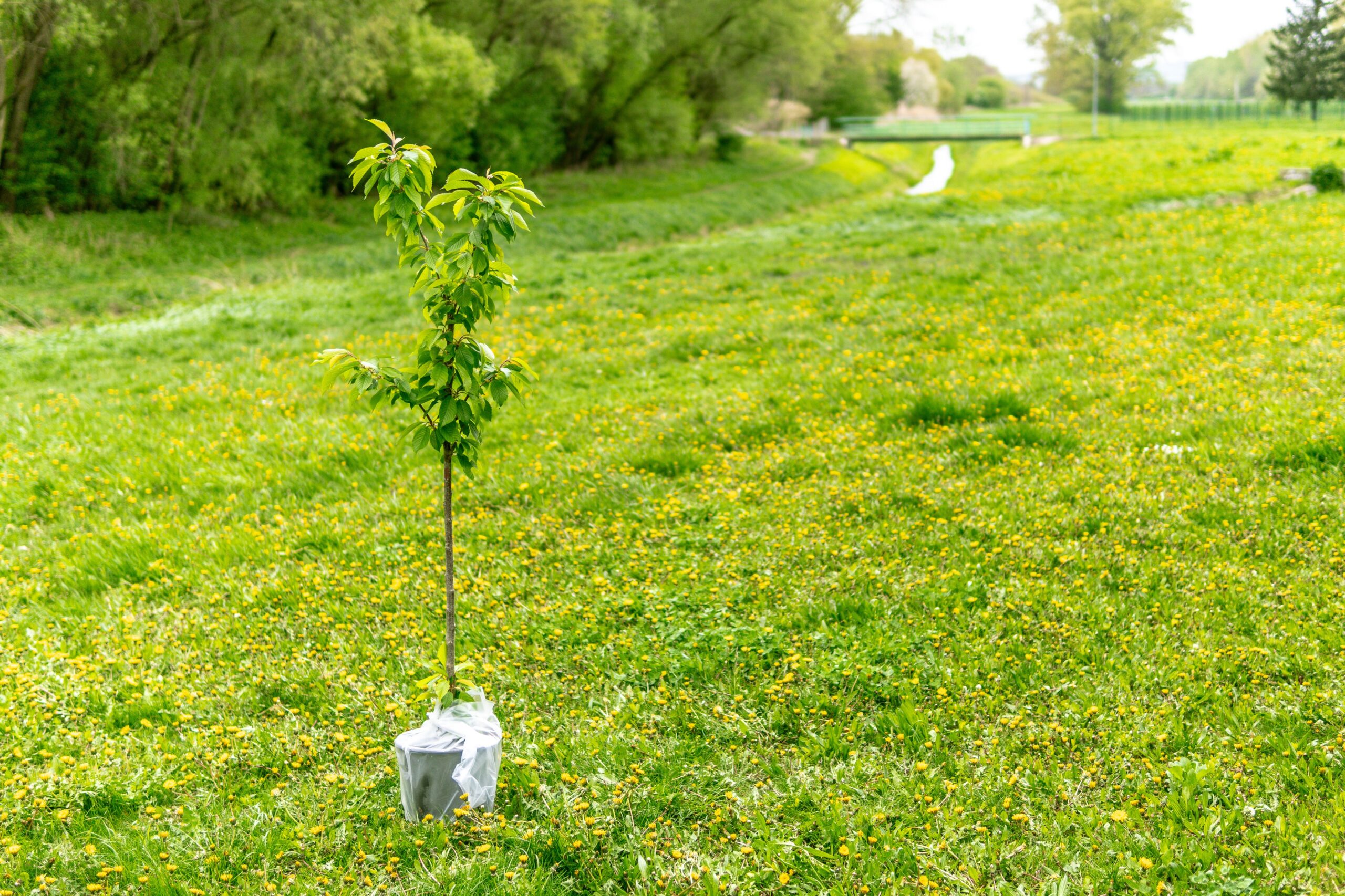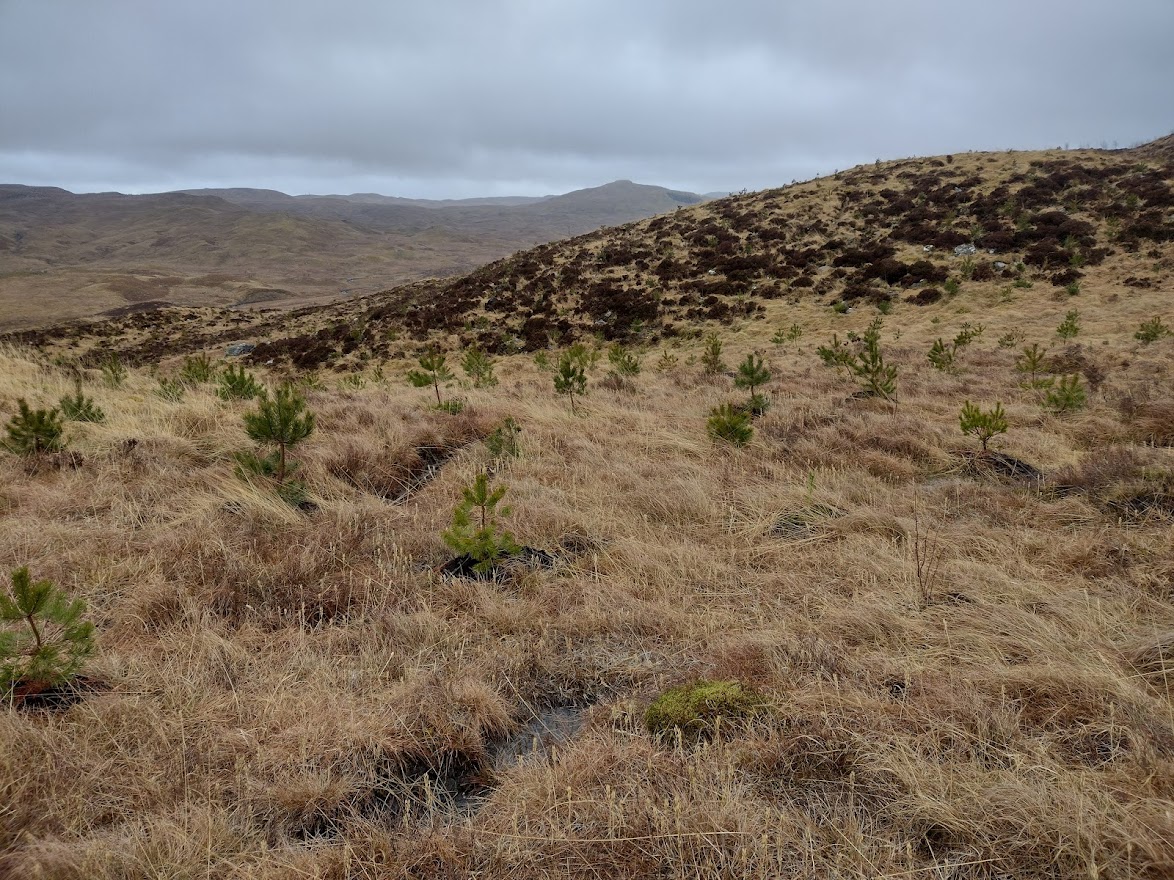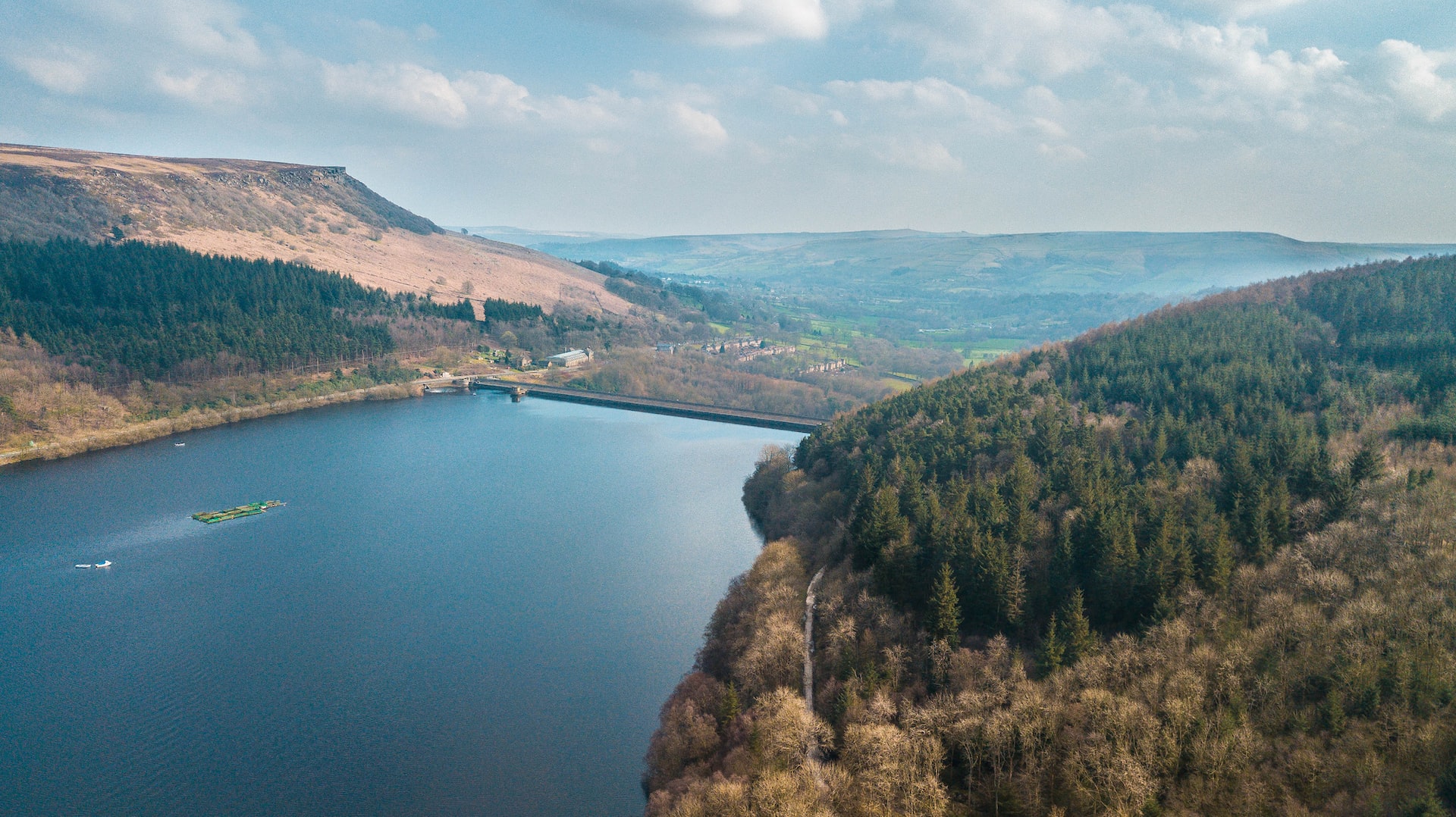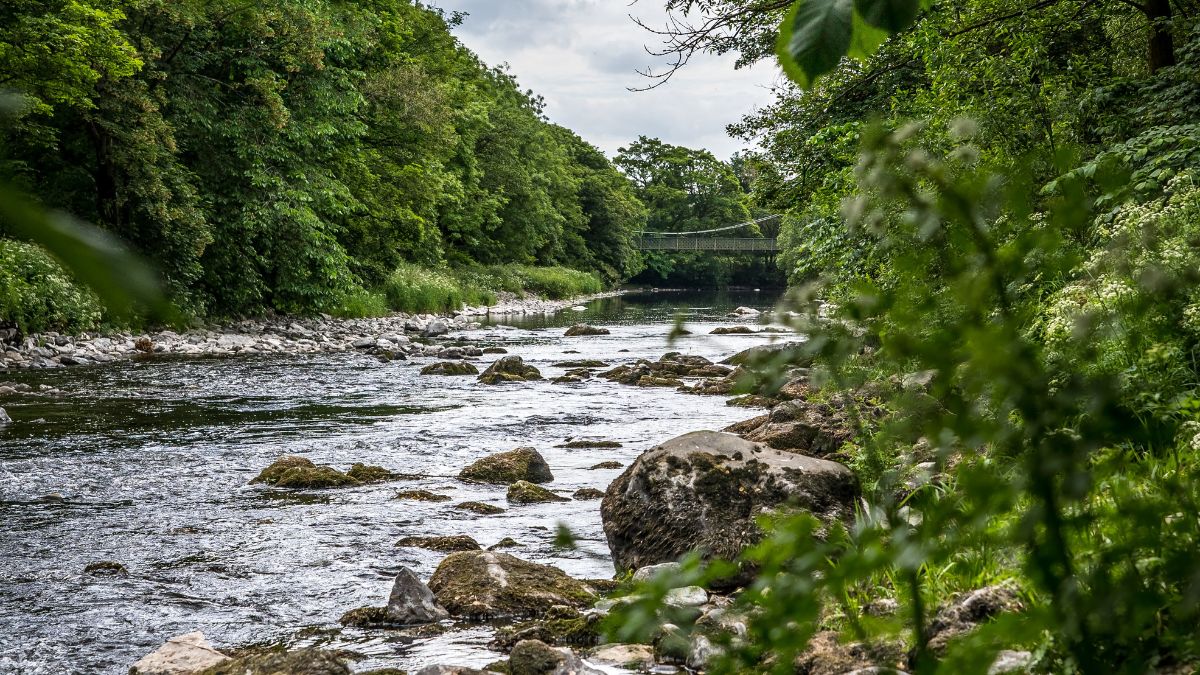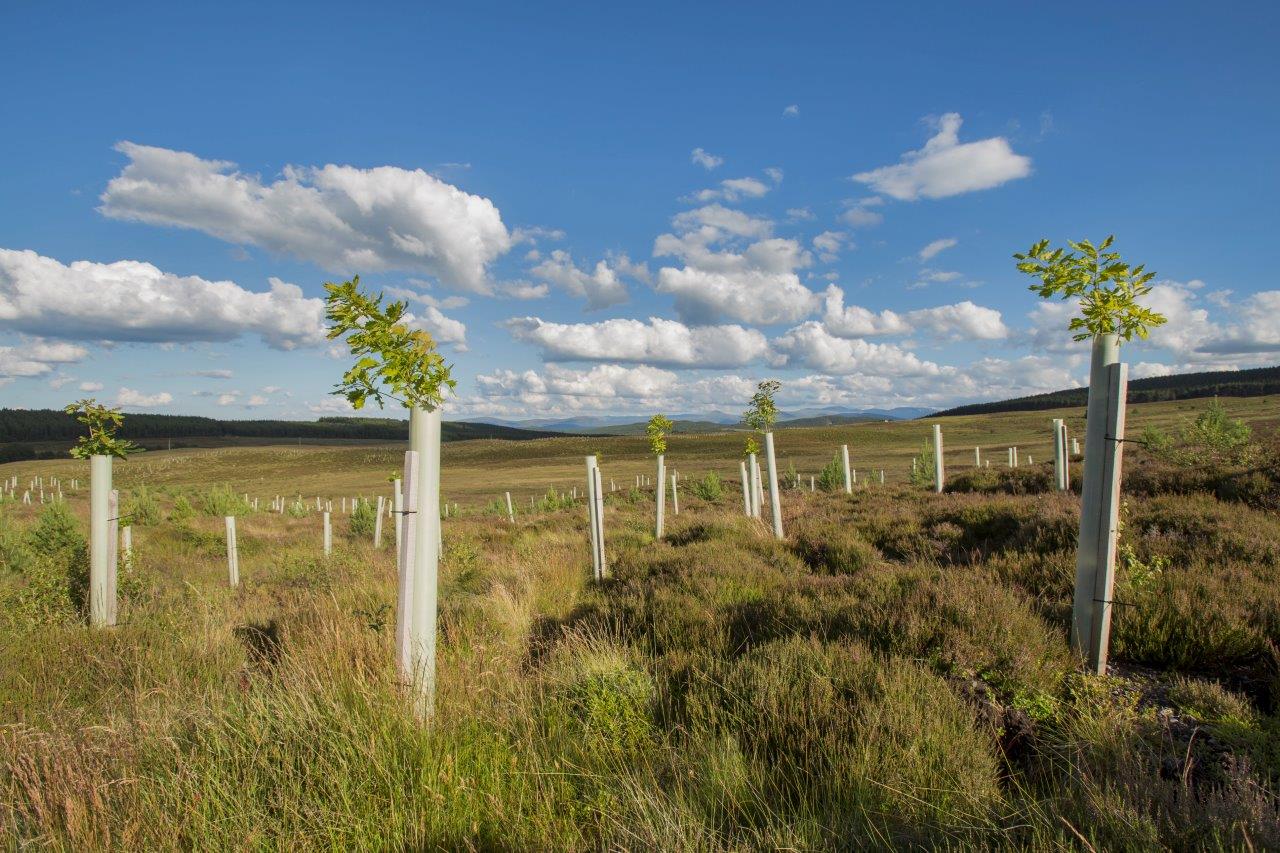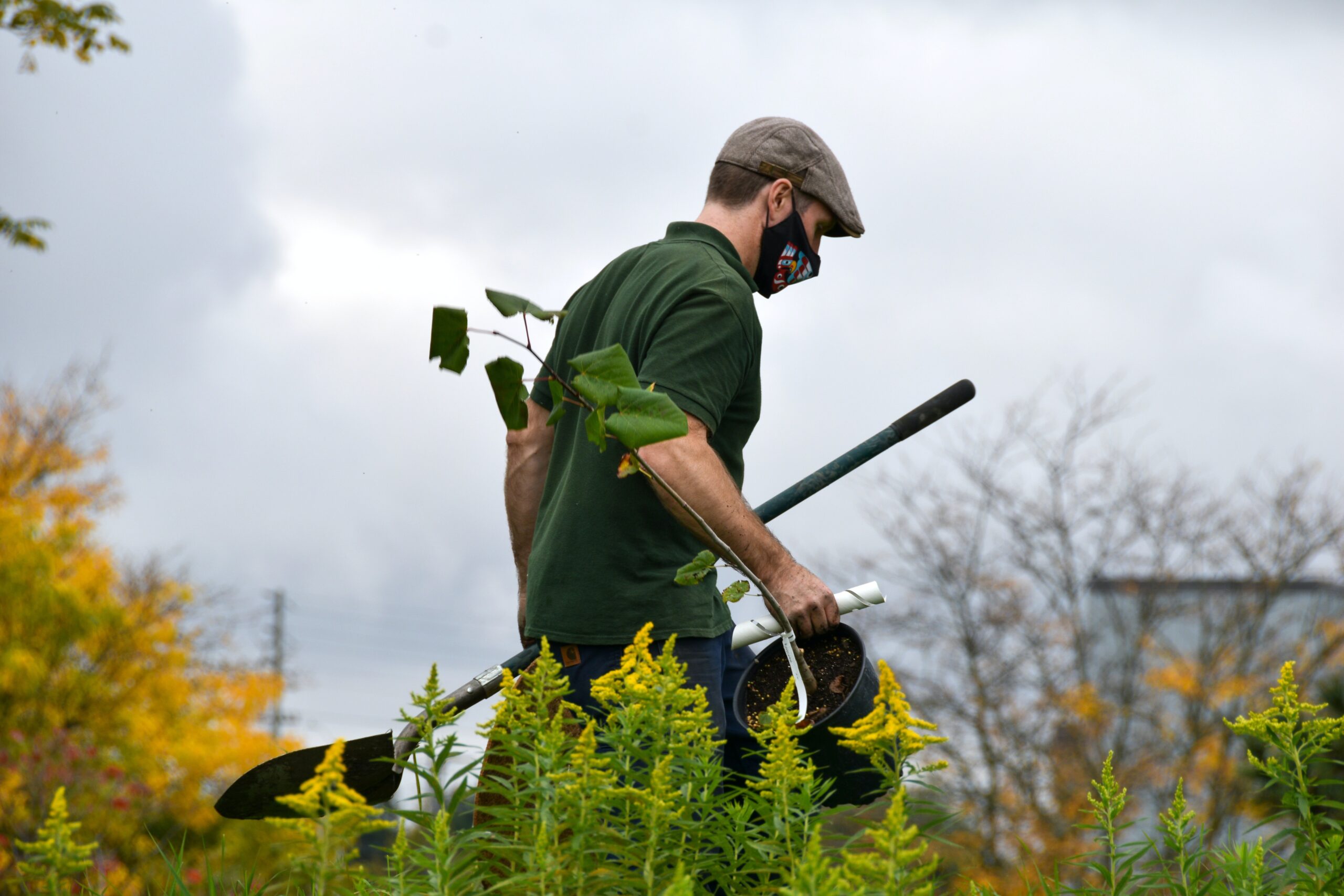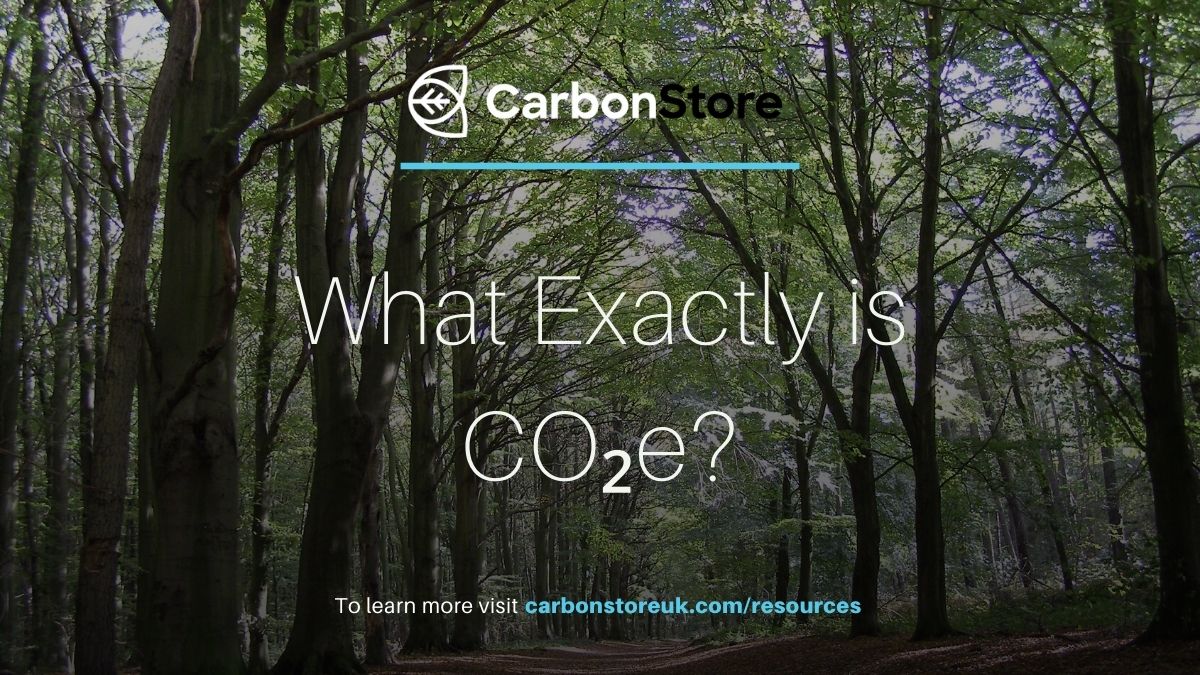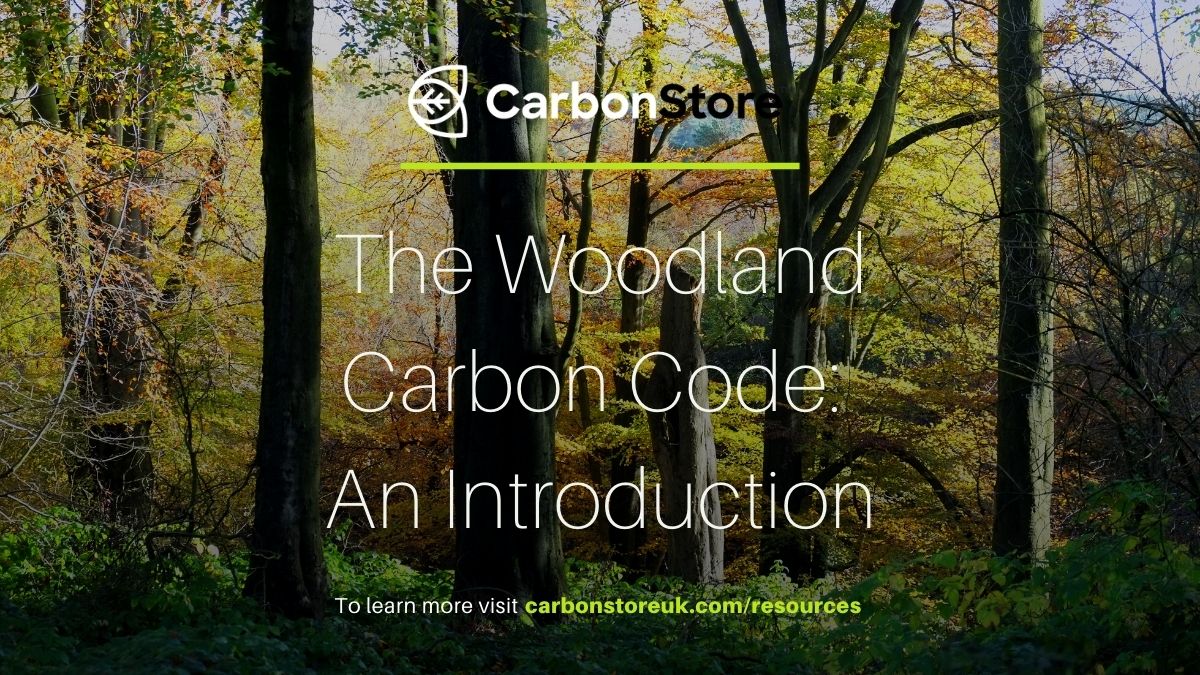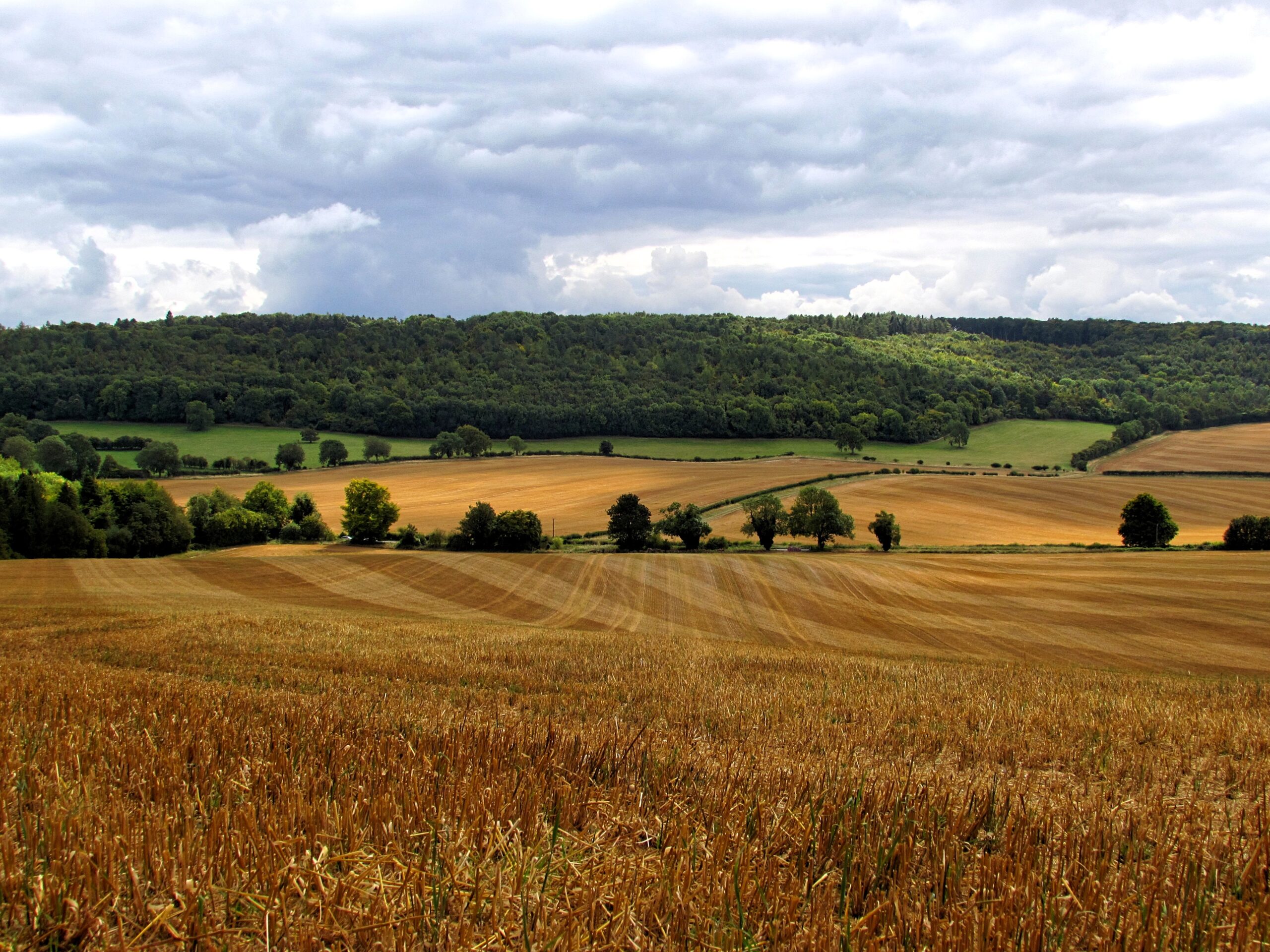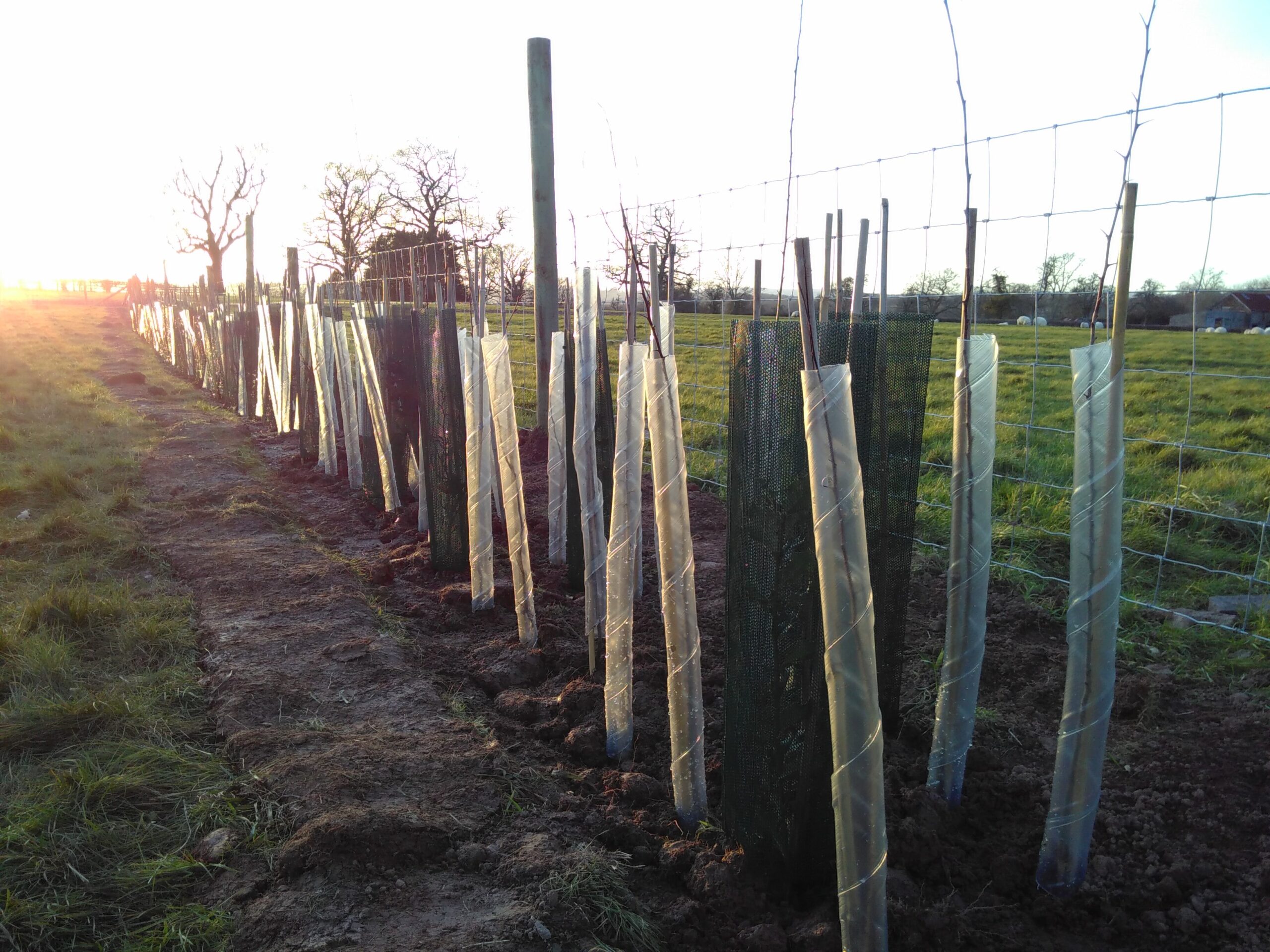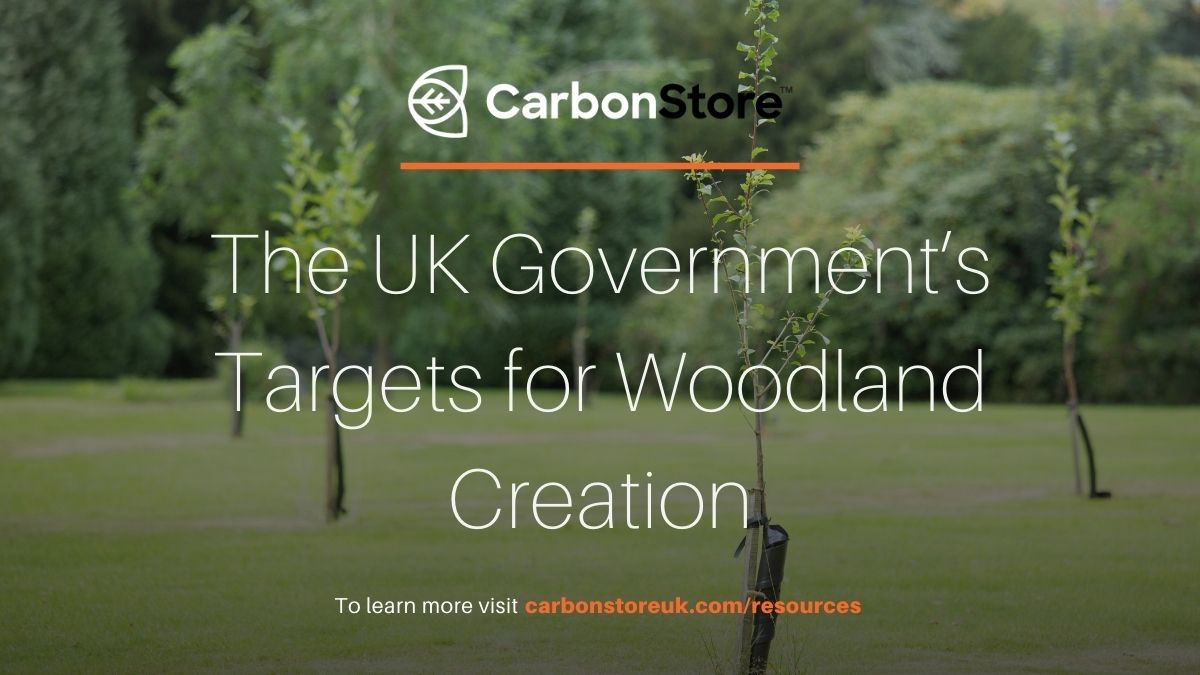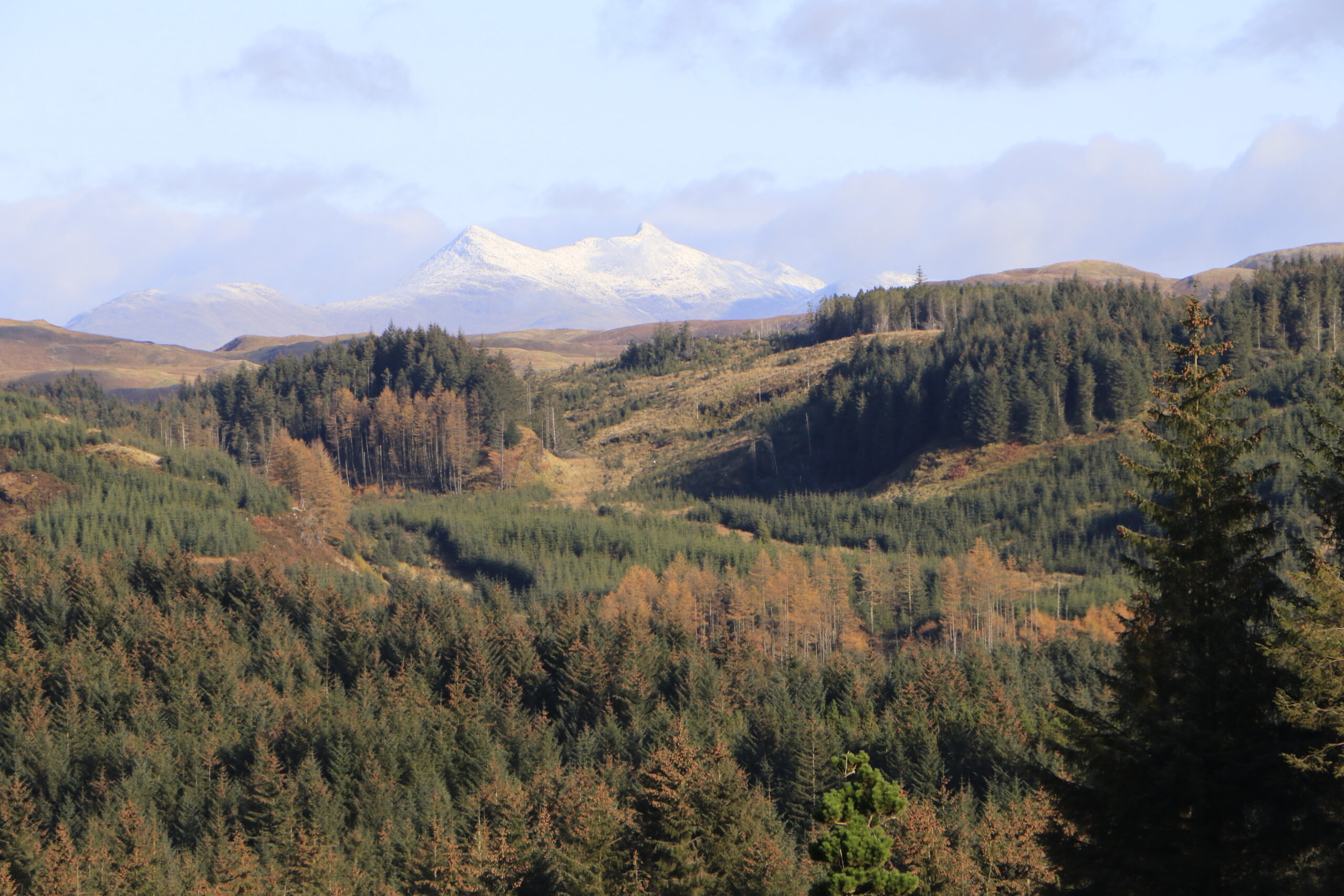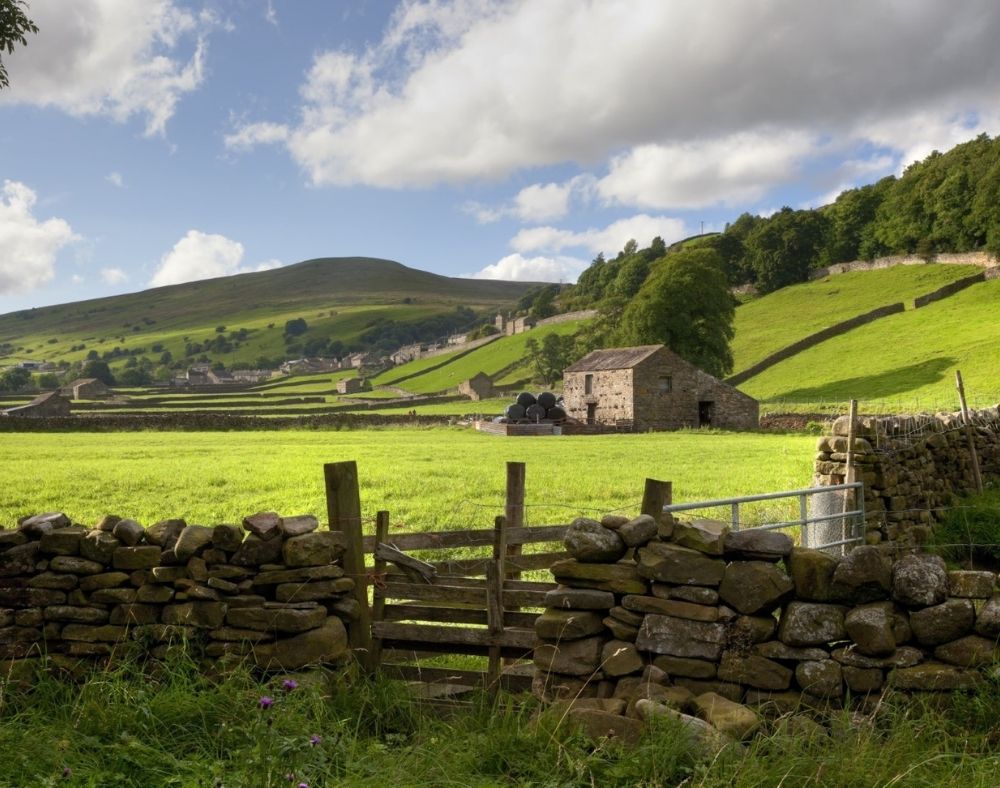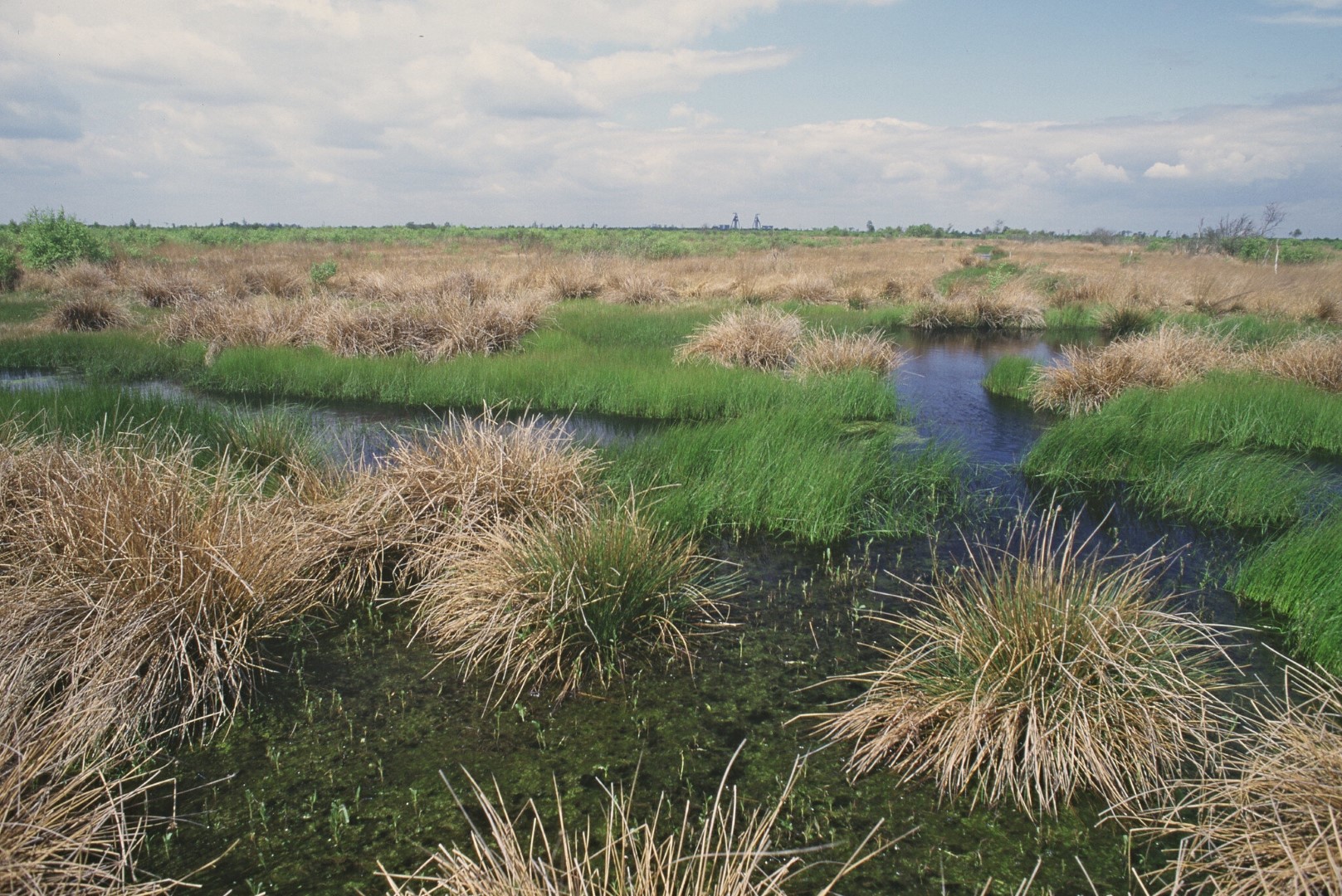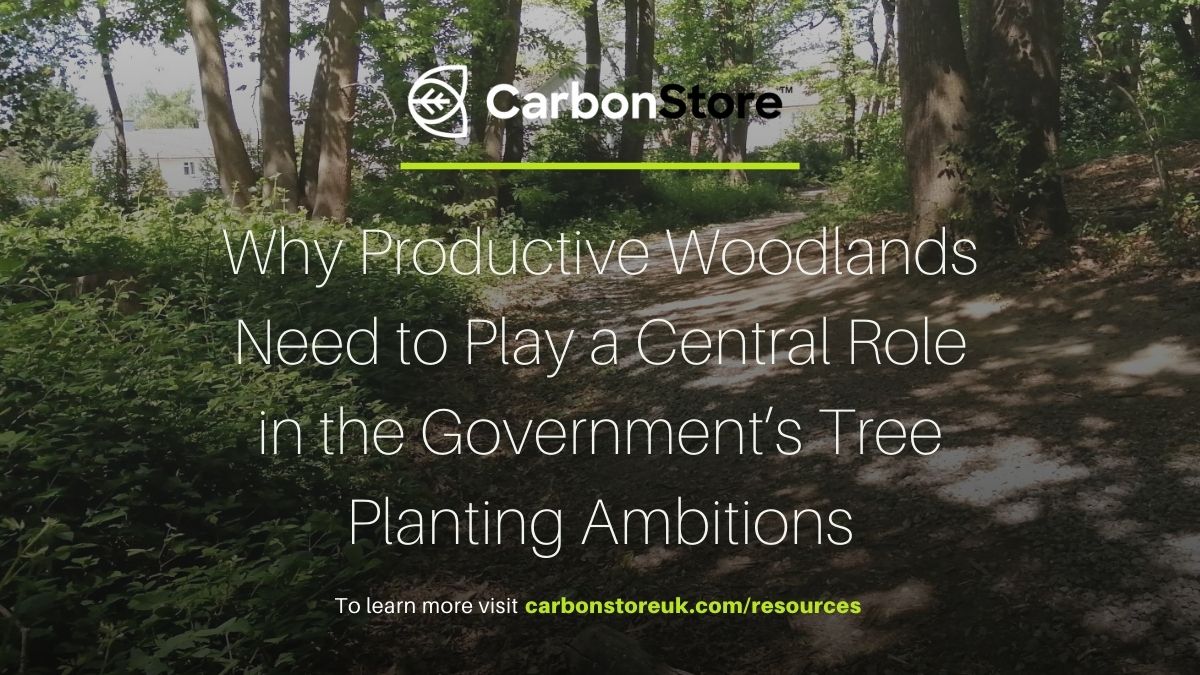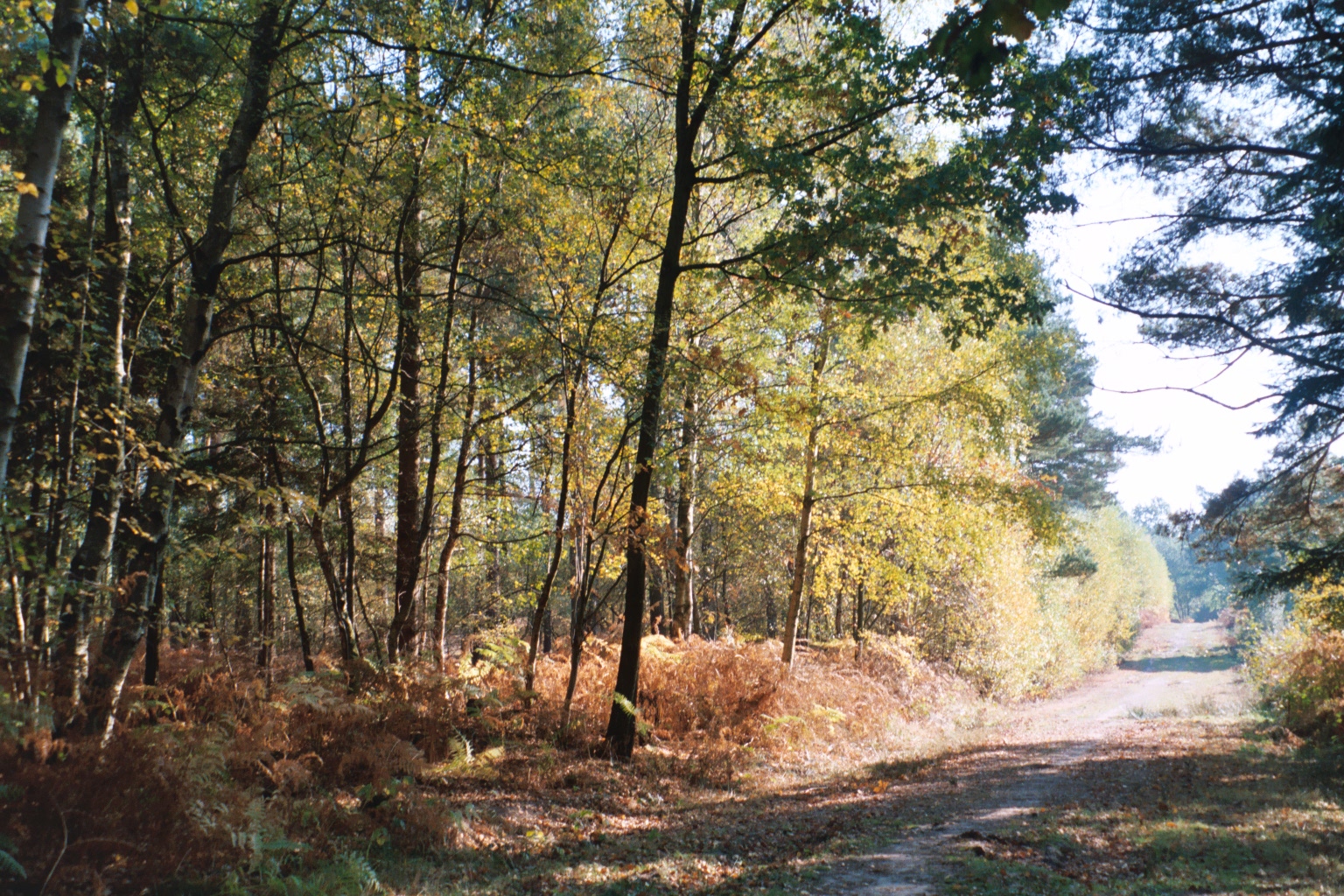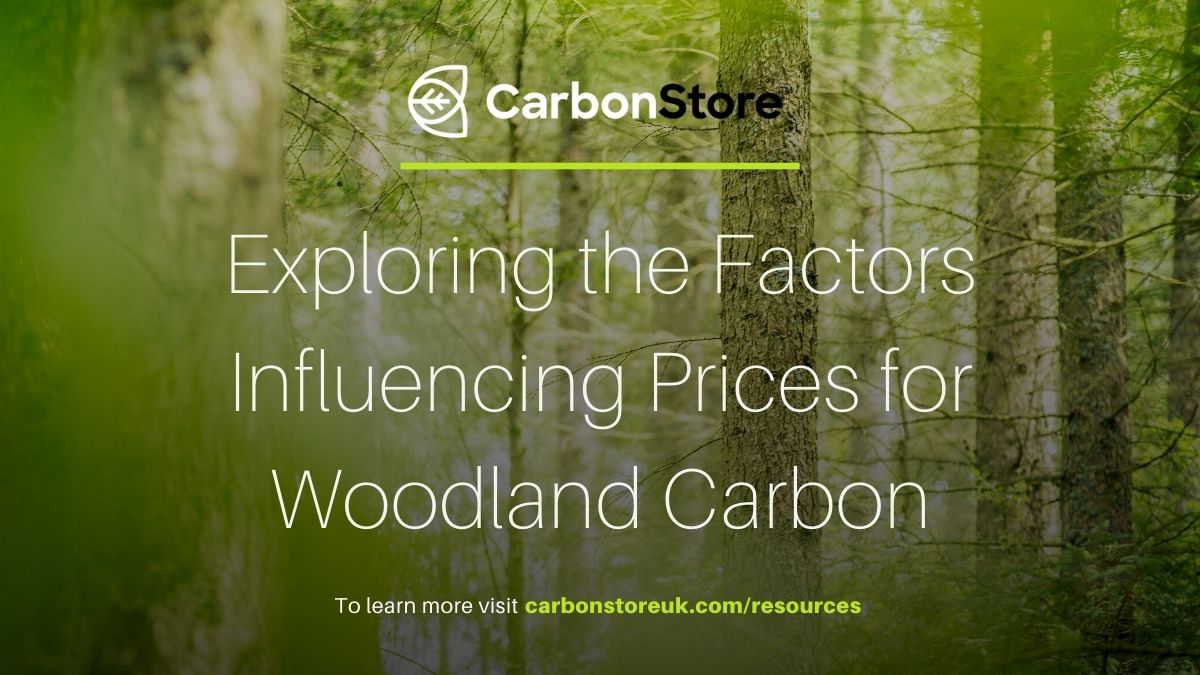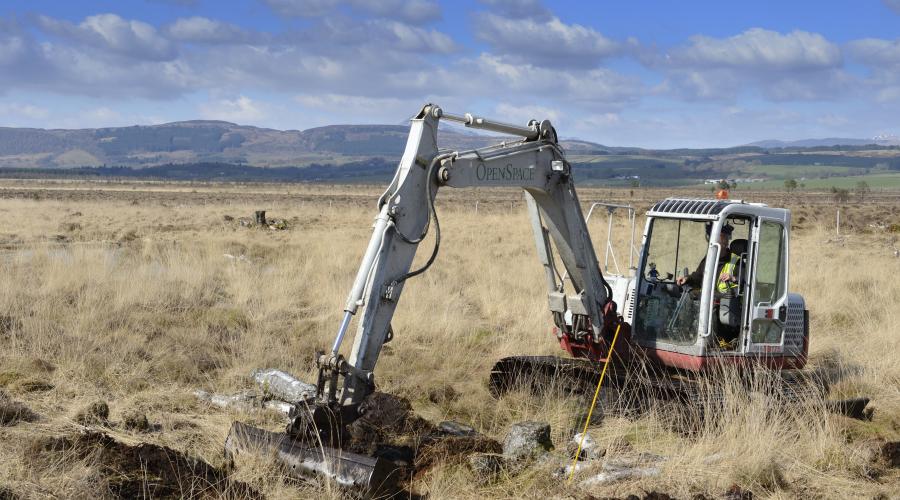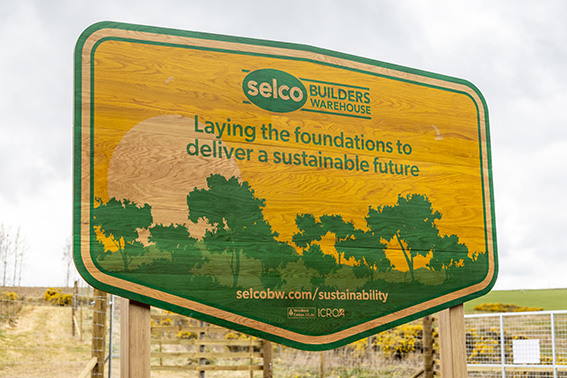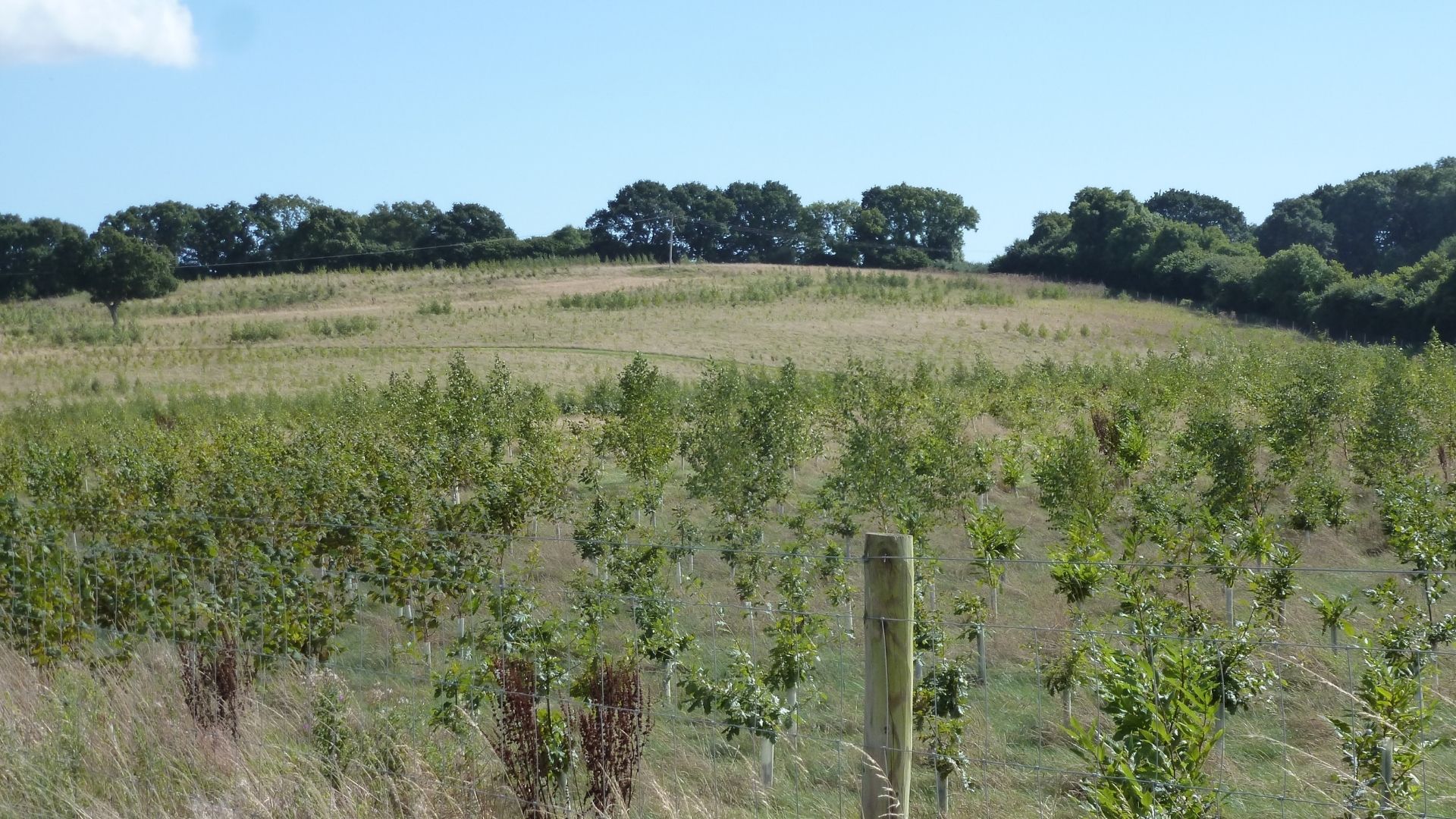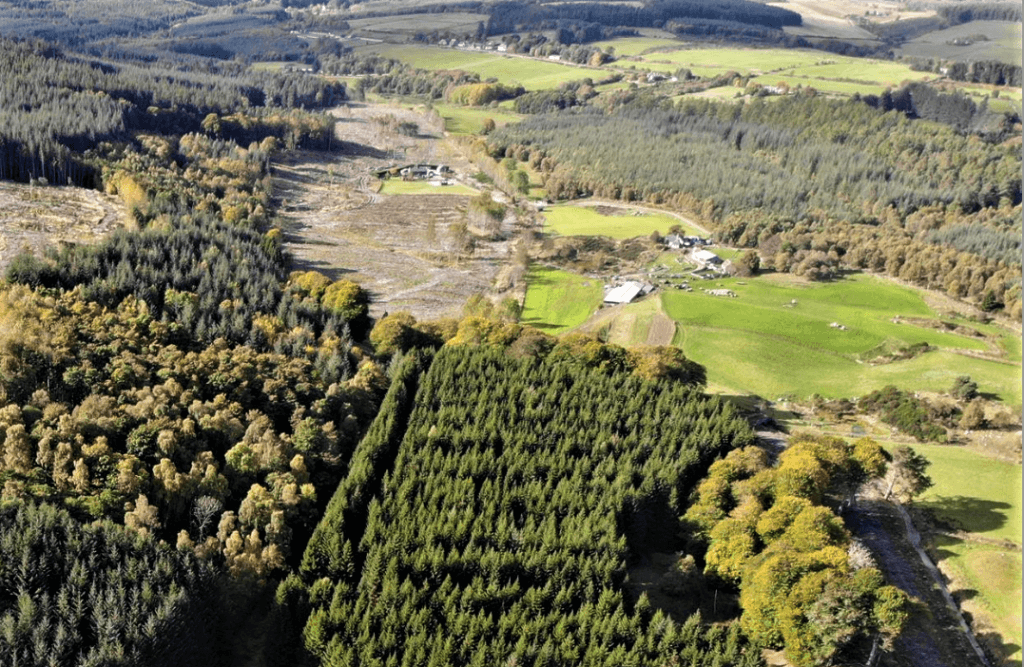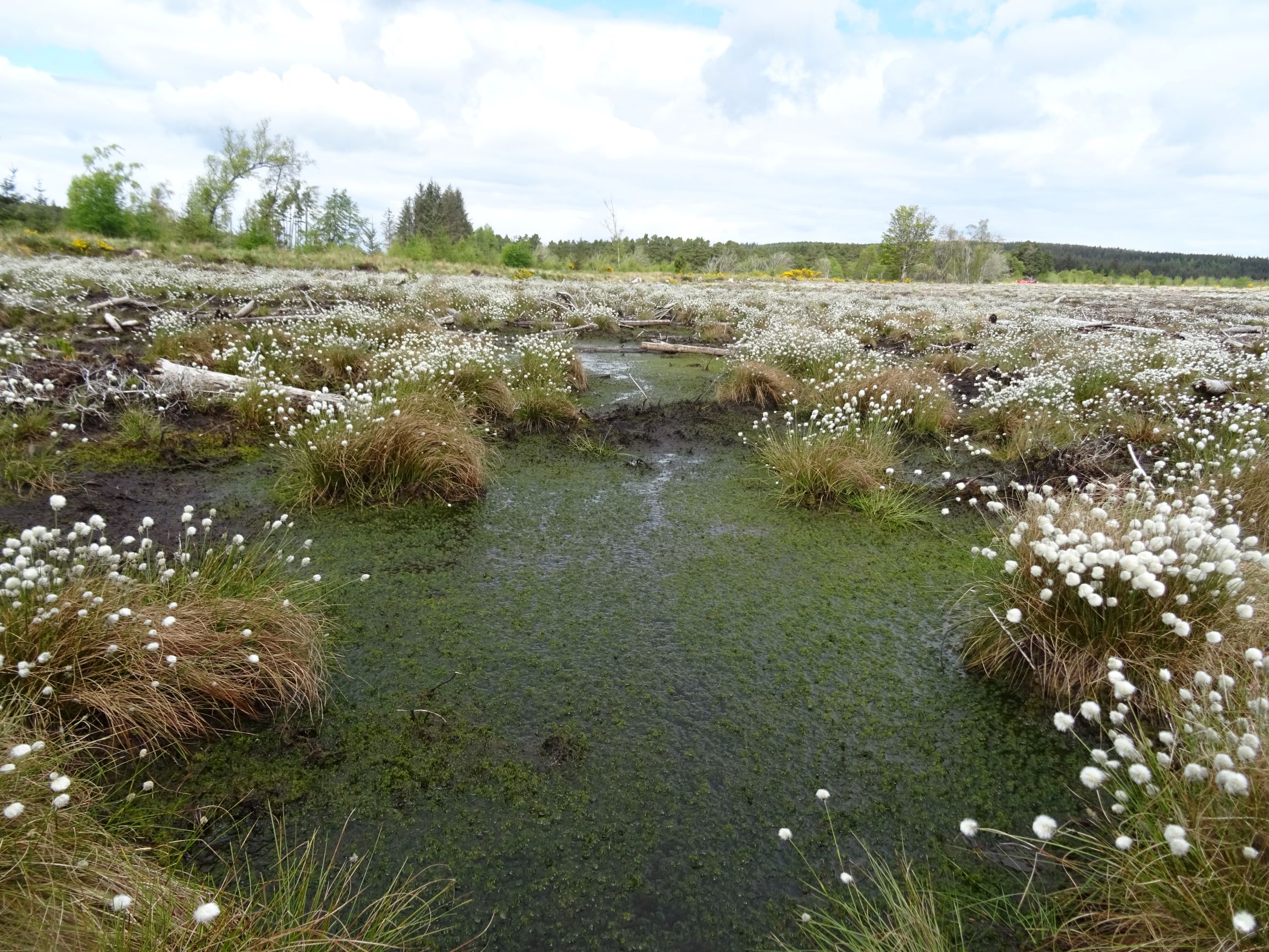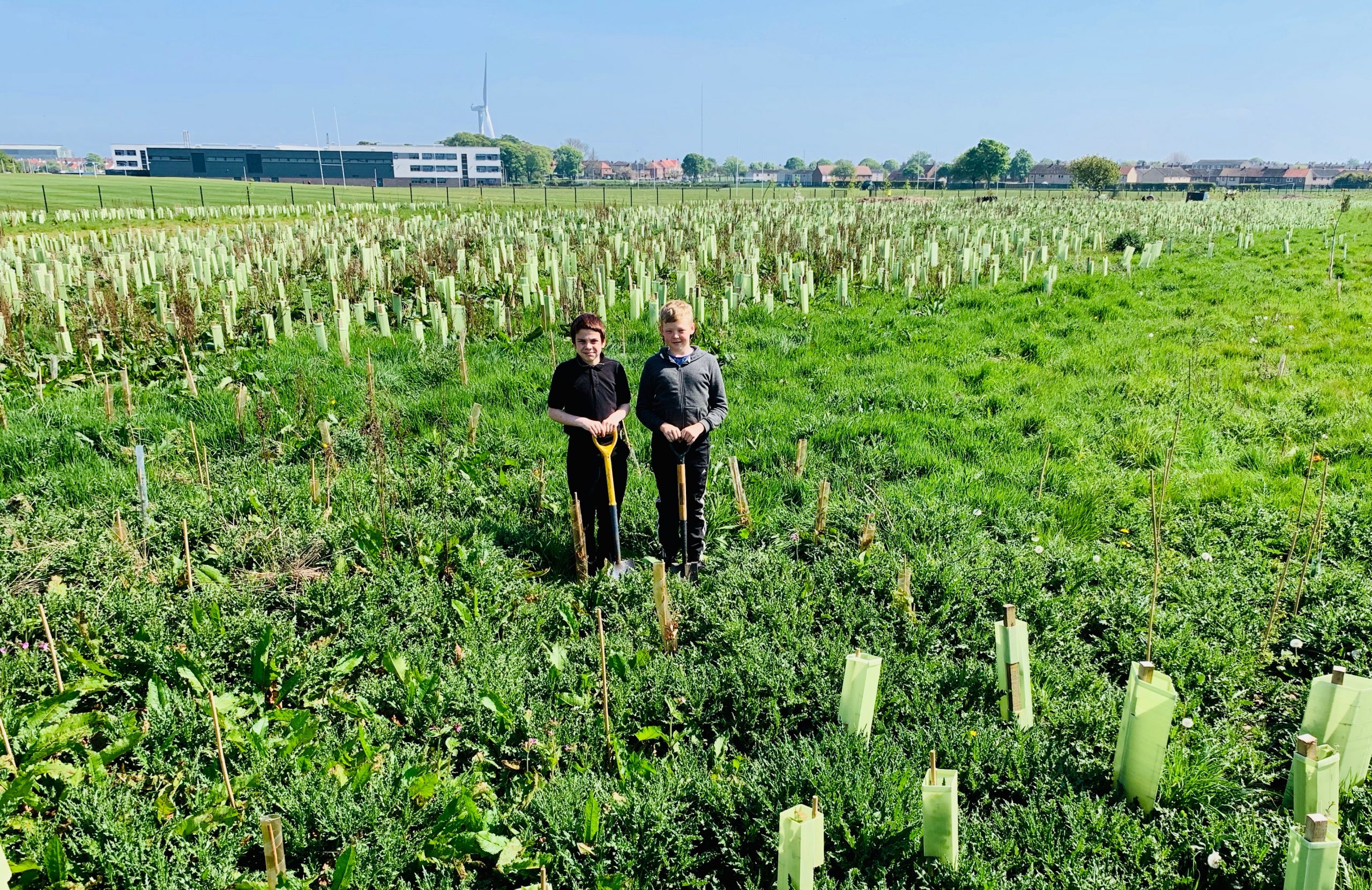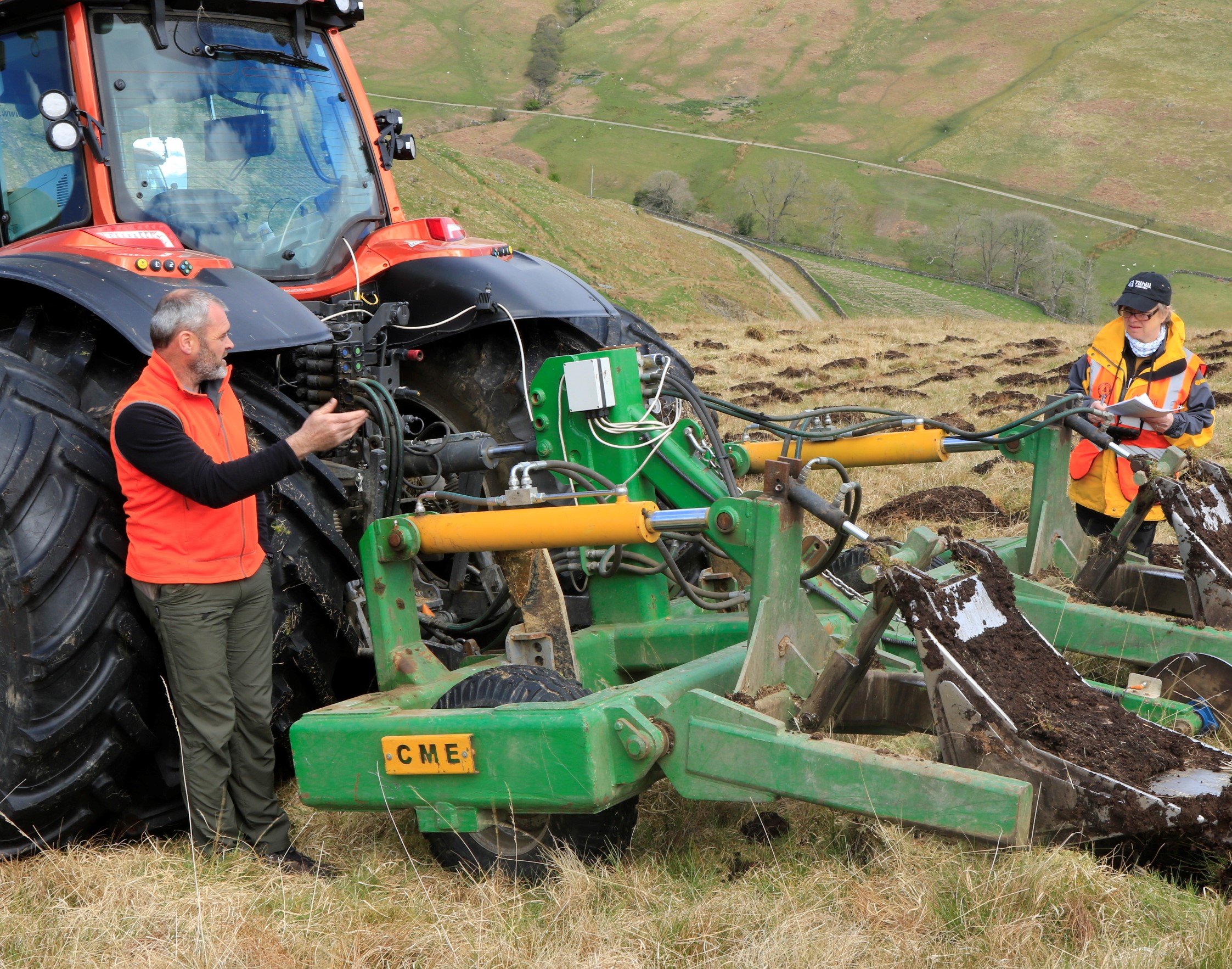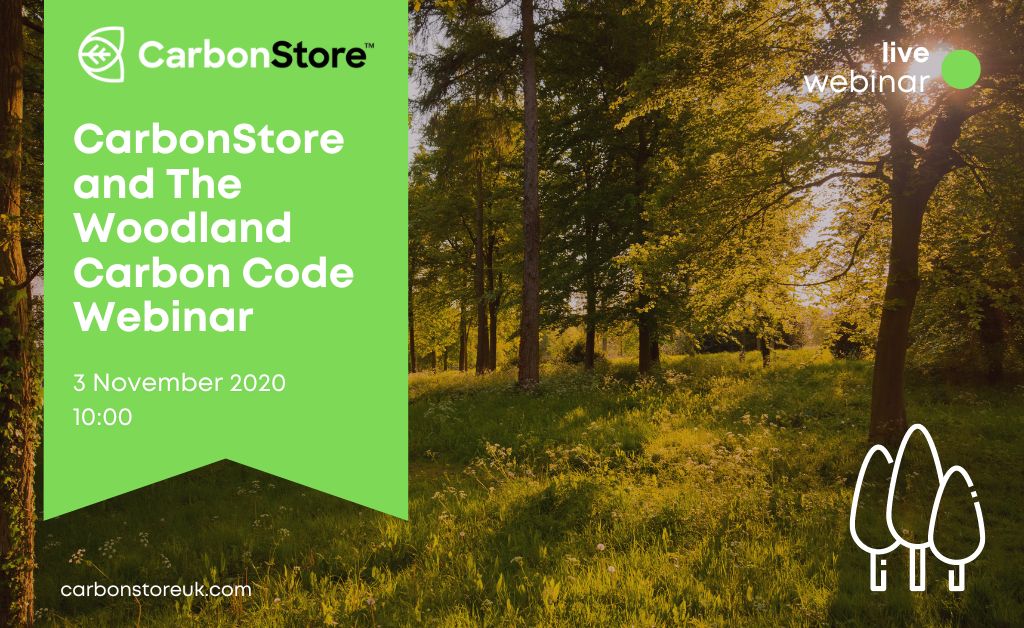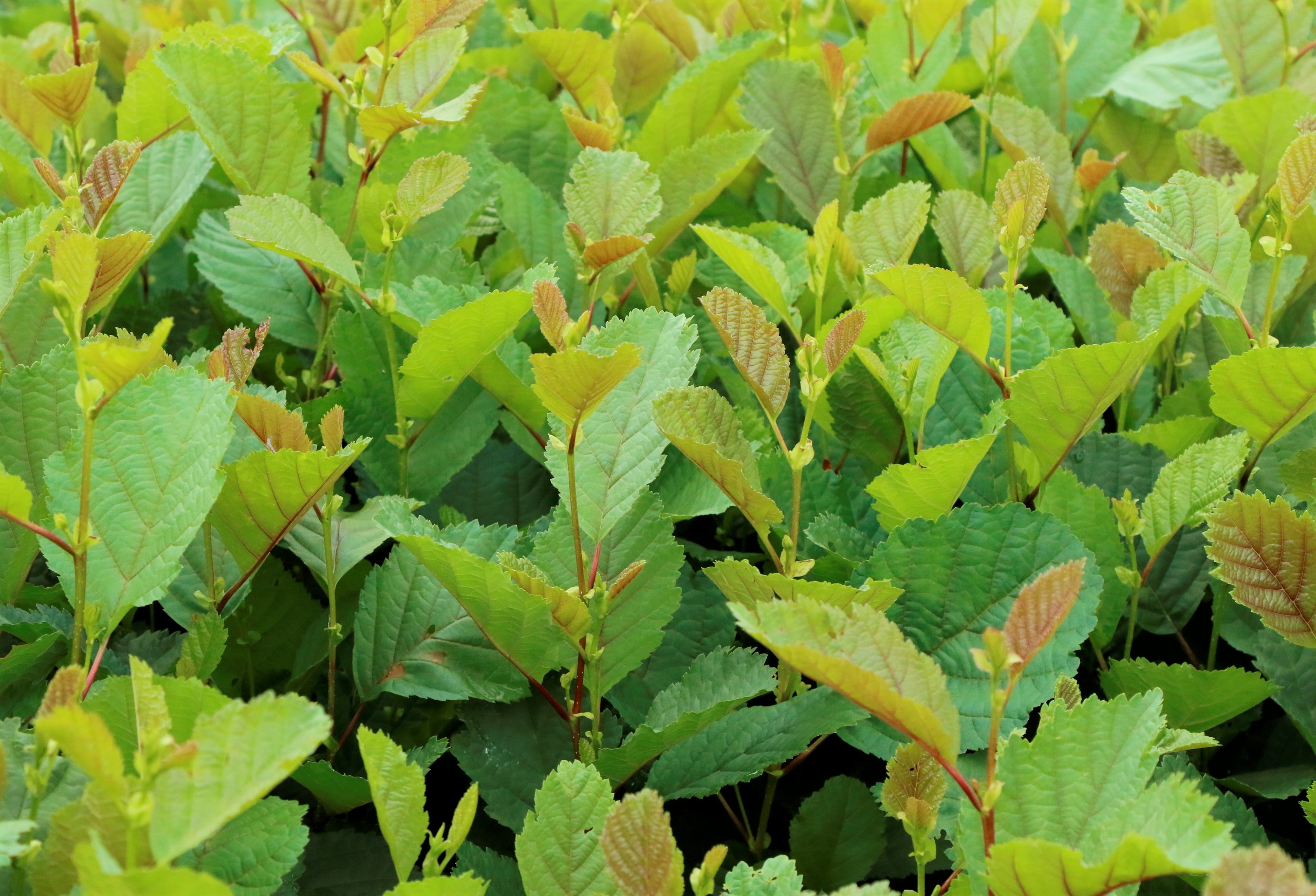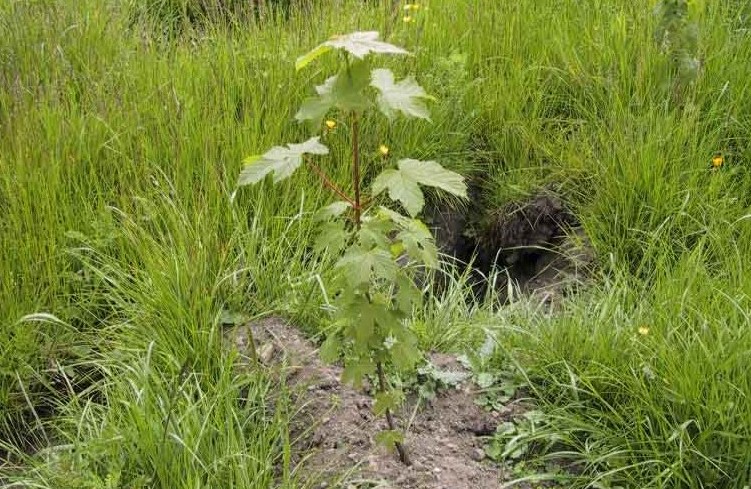The UK Forest Market Report
This article is from the 2024 edition of ‘The UK Forest Market Report’. The annual UK Forest Market Report (FMR) produced by Tilhill Forestry, provides an in-depth study of the UK commercial forestry and woodland investment market, from the perspective of both buyers and sellers. The 2024 report was produced in partnership with Goldcrest Land and Forestry Group and launched in November 2024 during what will be it’s 26th year of publication.
By David McCulloch, Head of CarbonStore.
Between March and September 2024, the total area of woodlands verified, validated and/or registered with the Woodland Carbon Code increased by just 927 hectares. Pending Issuance Unit (PIU) prices stabilised between £25-£30 each while the number of purchase enquiries decreased, likely reflecting wider challenges in the UK economy.
In contrast, beneath the surface, encouraging signs of progress are afoot. In May, DEFRA published a consultation into the inclusion of Woodland Carbon Units (WCUs) within the UK Emissions Trading Scheme, the market where the UK’s most energy intensive industries must purchase their carbon credits to meet their mandatory emissions targets. There seems to be a supportive political wind behind such a development which would likely see trading volumes and prices rise for PIUs and WCUs.
Streamlining and optimising Woodland Carbon Code (WCC) projects
In June, the Scottish government released a £600,000 contract tender for companies to propose ways of streamlining and optimising the monitoring, reporting and verification process for Woodland Carbon Code (WCC) projects. This is a corroborative and encouraging step which allows the full force of the private sector’s innovation and creativity to benefit the Woodland Carbon Code directly.
Efforts are underway to quantify and evaluate the wider benefits of woodlands, beyond their capacity to capture CO₂e. The Woodland Water Code’s launch is expected in early 2025 which will quantify the improvements to water quality generated by riparian planting.
In September, the Woodland Carbon Code and the Peatland Code jointly circulated their White Paper “which will be used to evaluate biodiversity and to calculate the production of biodiversity credits”.
These developments clearly reflect the market’s direction of travel. Most large-scale purchase tenders from companies now require us to evidence the ancillary benefits of the underlying woodlands. Moreover, anecdotal pricing data suggests that woodlands doing so are achieving PIU prices almost 2-3x higher than the headline figures mentioned above.
In conclusion
The market for woodland carbon sits at an important juncture. The optimistic enthusiasm of the early- 2020s has given way to calmer and more considered reflection. Indeed, the consequences of further economic headwinds across the UK may start to sow seeds of doubt among certain participants.
Such highs and lows are characteristic of even the most promising but nascent markets so the next few years could therefore offer the richest opportunities for this market.
How can CarbonStore help you?
In partnership with Tilhill Forestry, CarbonStore can help you deliver new woodland creation and woodland-based carbon mitigation projects that not only achieves the highest possible standards in carbon offsetting but also offers many widespread benefits which we can all enjoy.
Please contact David McCulloch, the head of CarbonStore, personally either by email (david.mcculloch@carbonstoreuk.com) or by phone (07500 950832).


